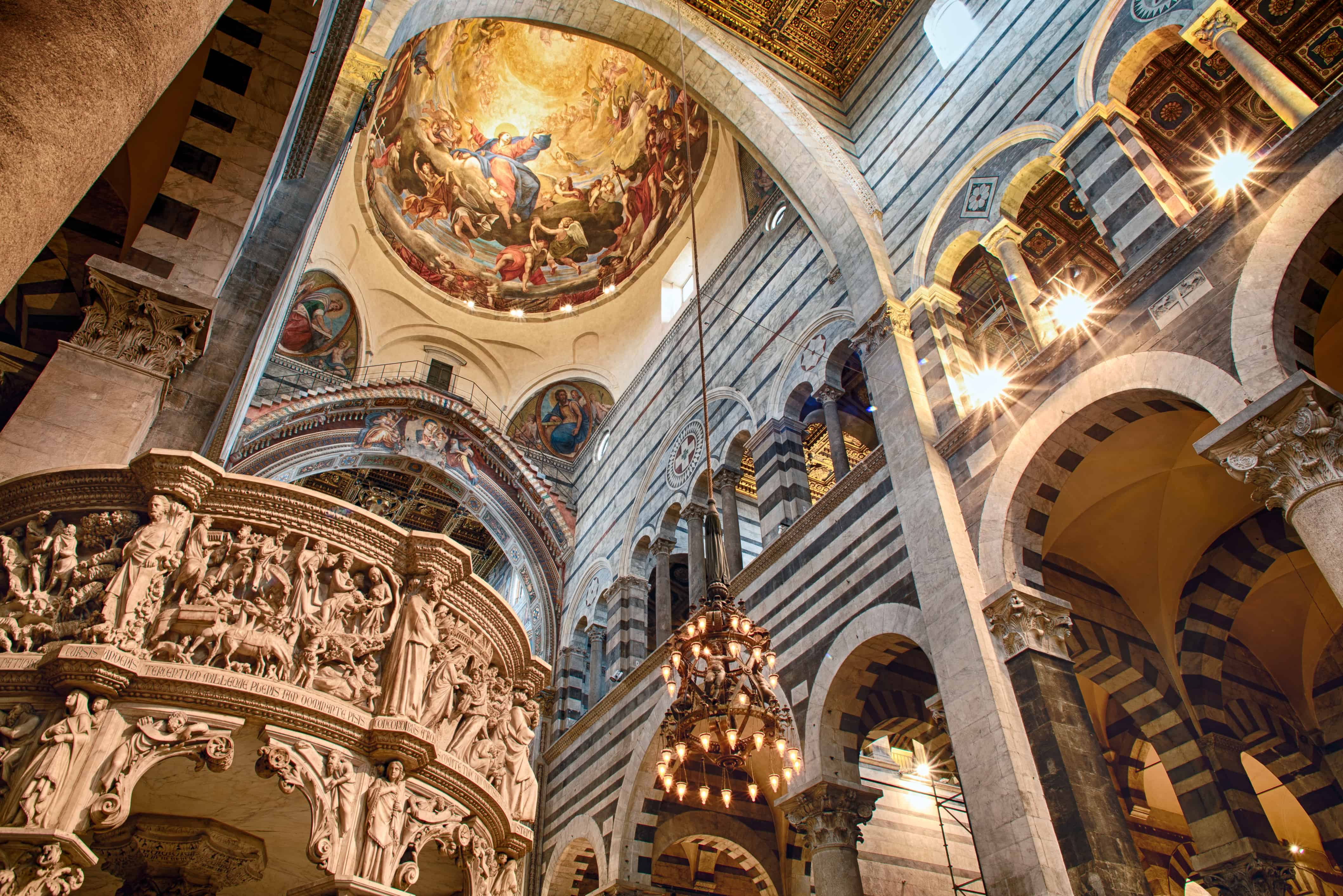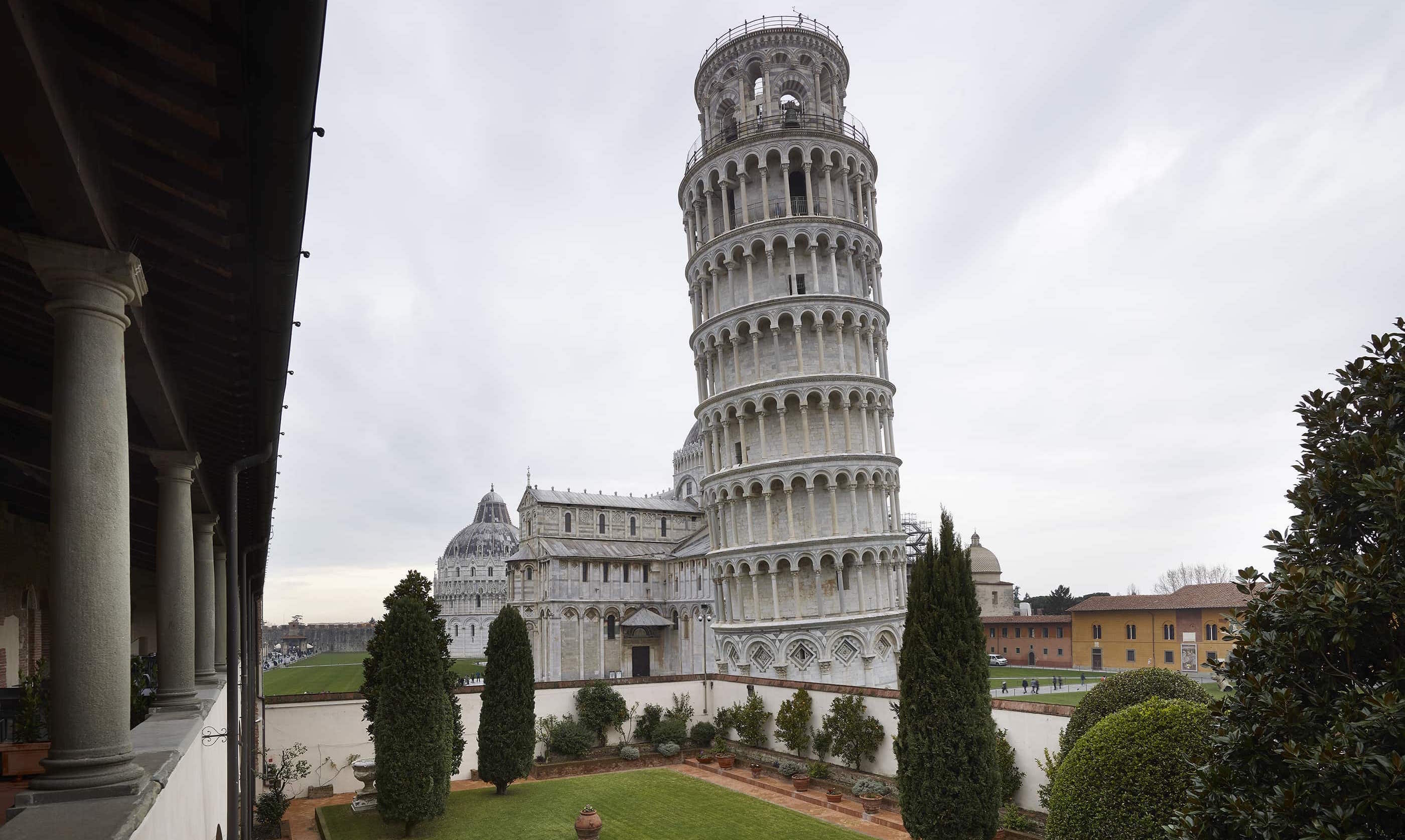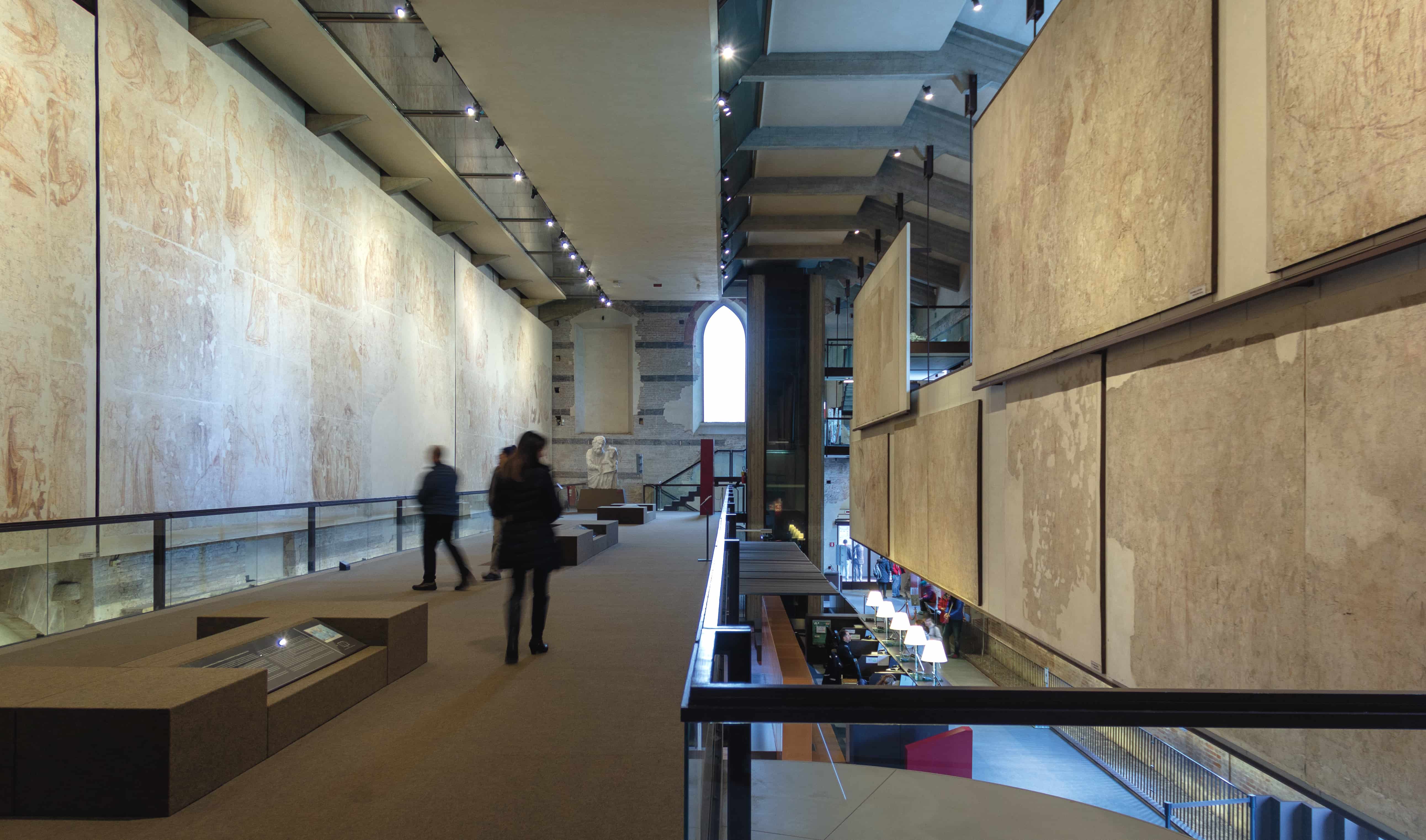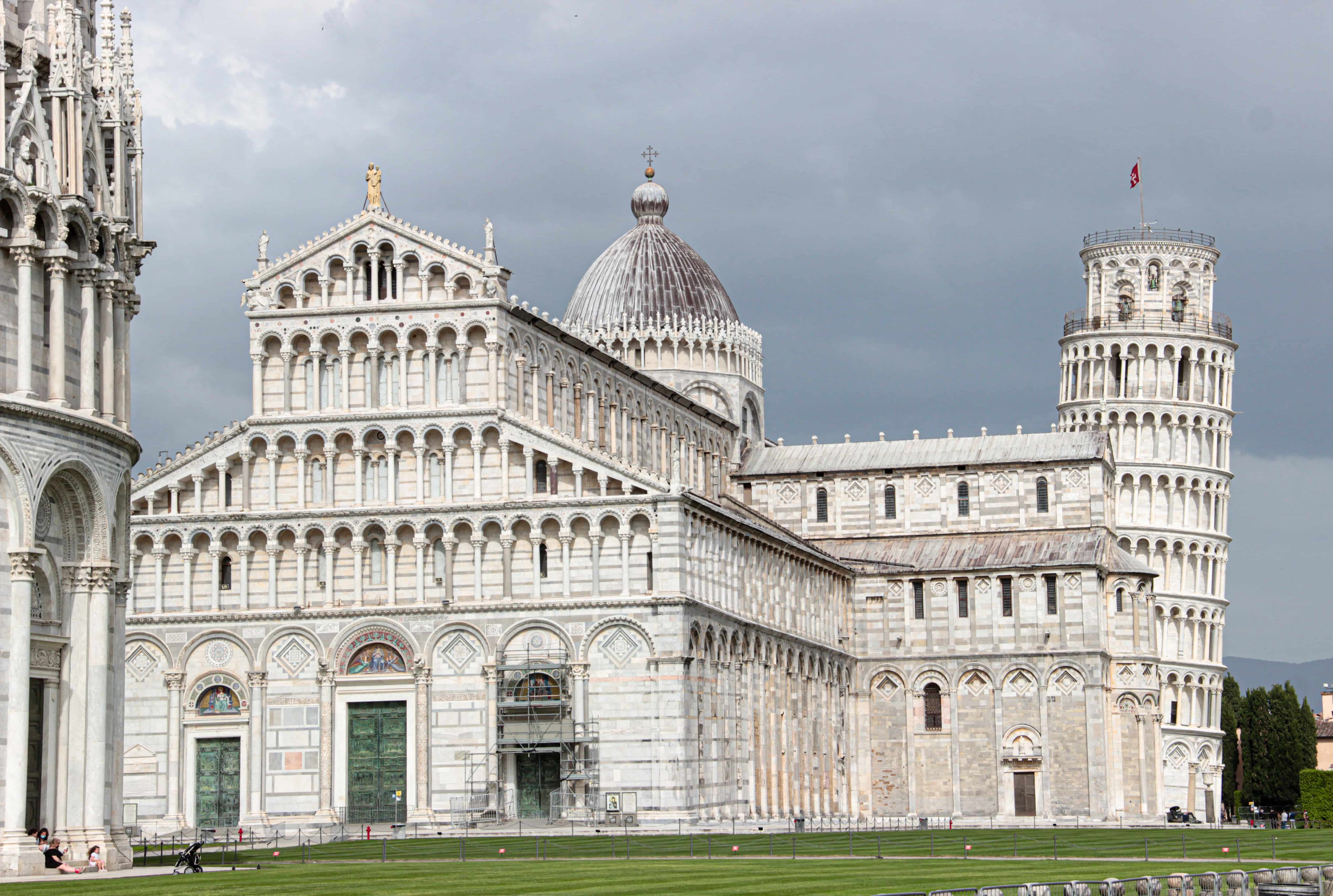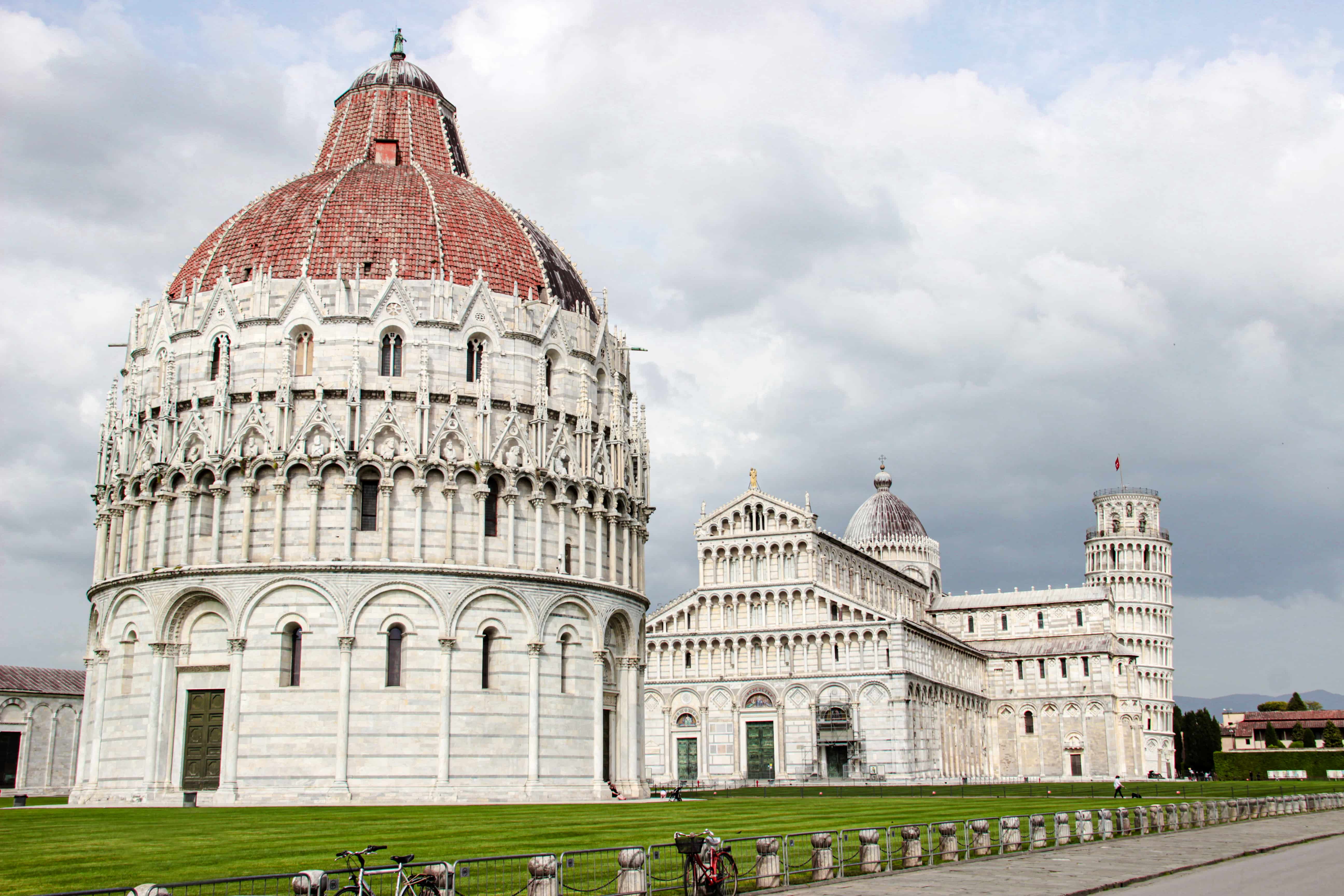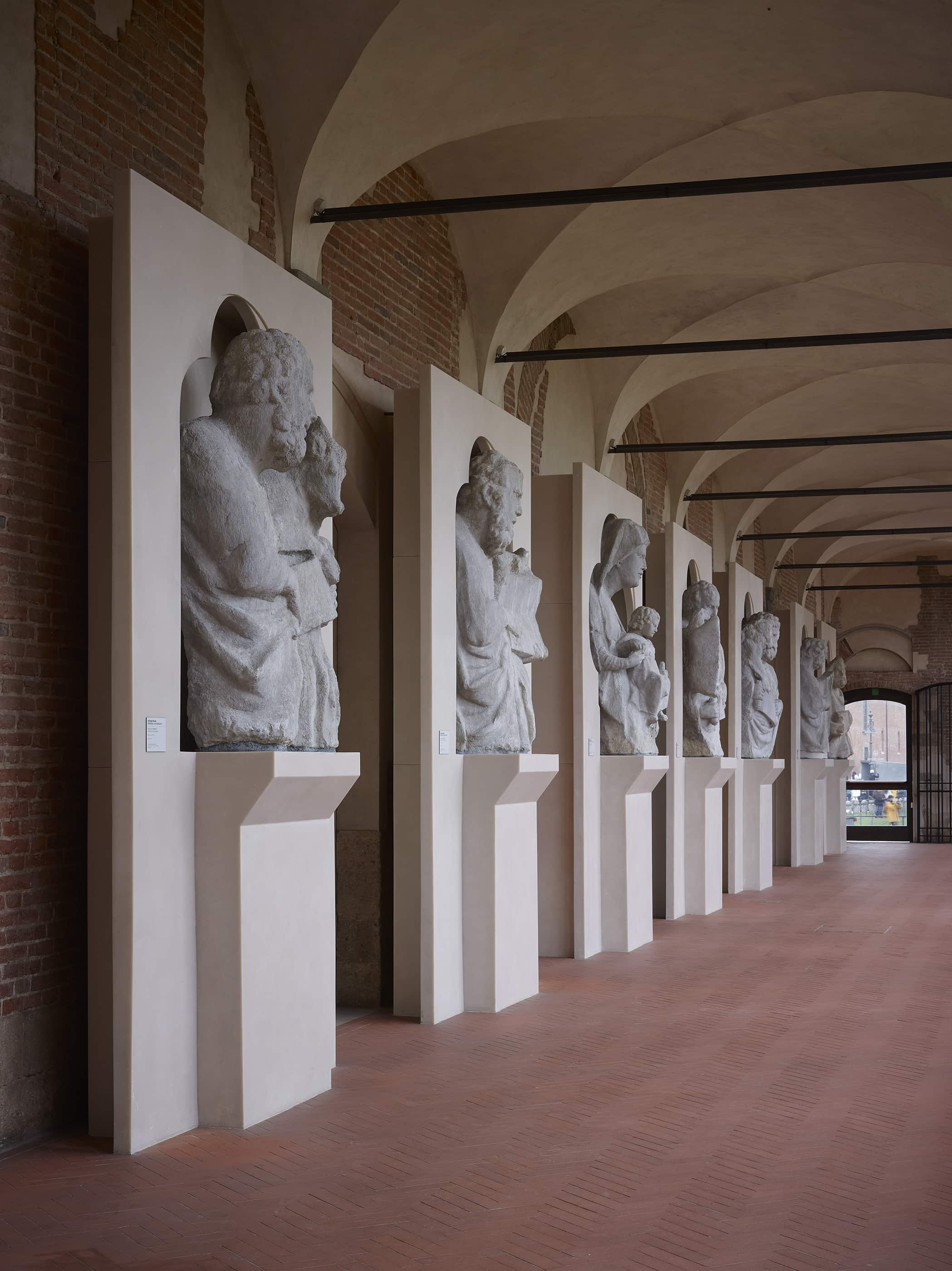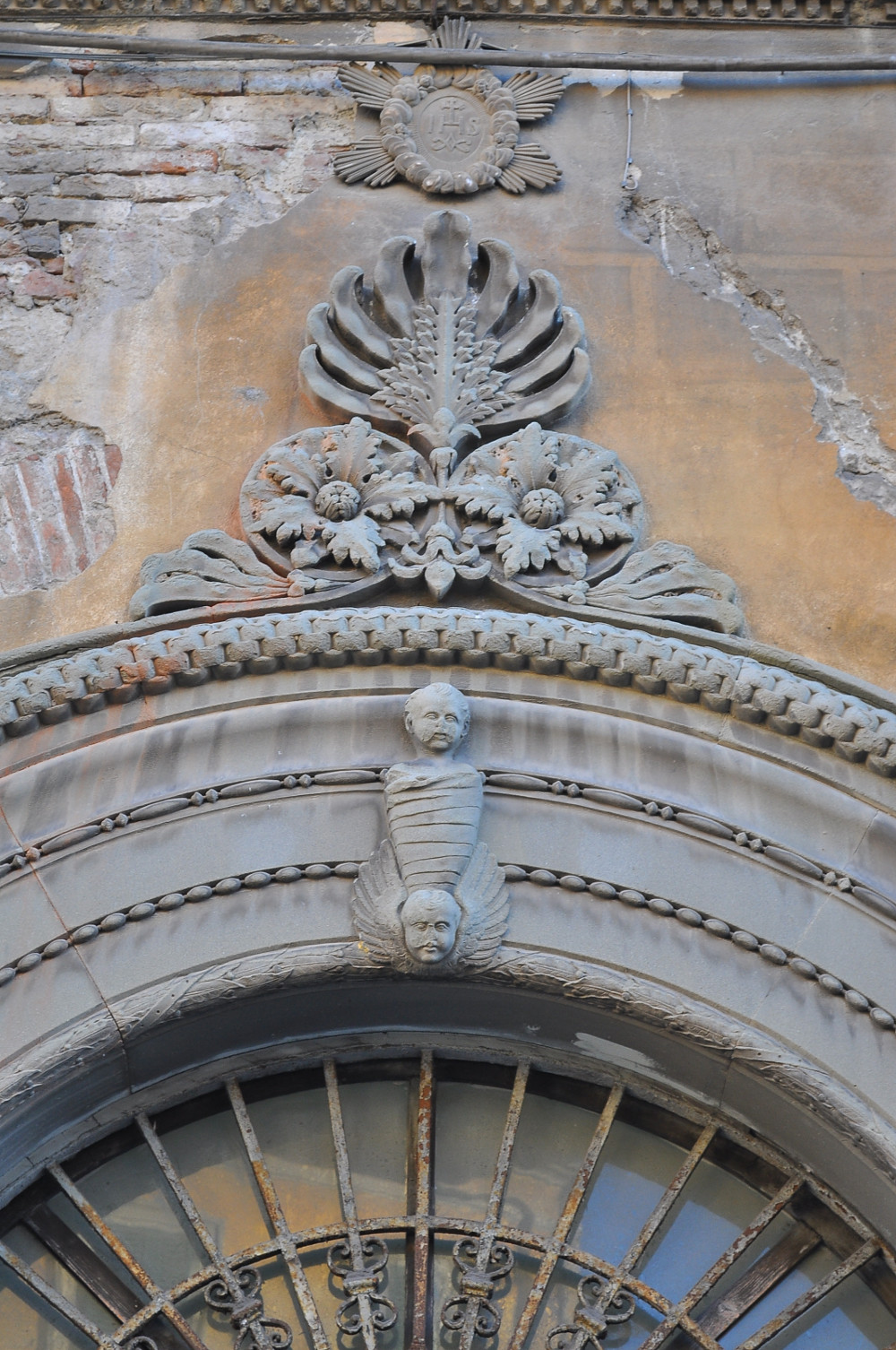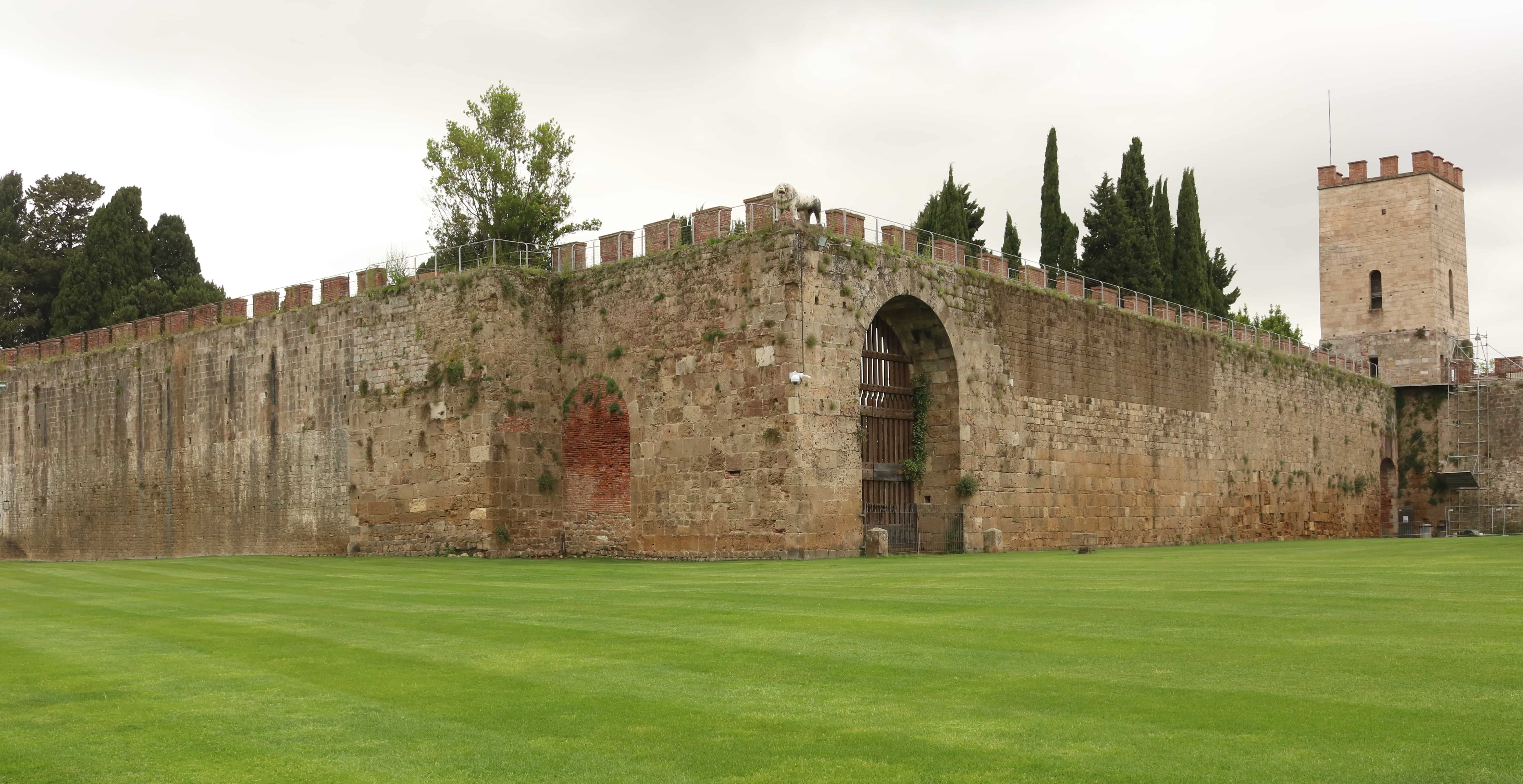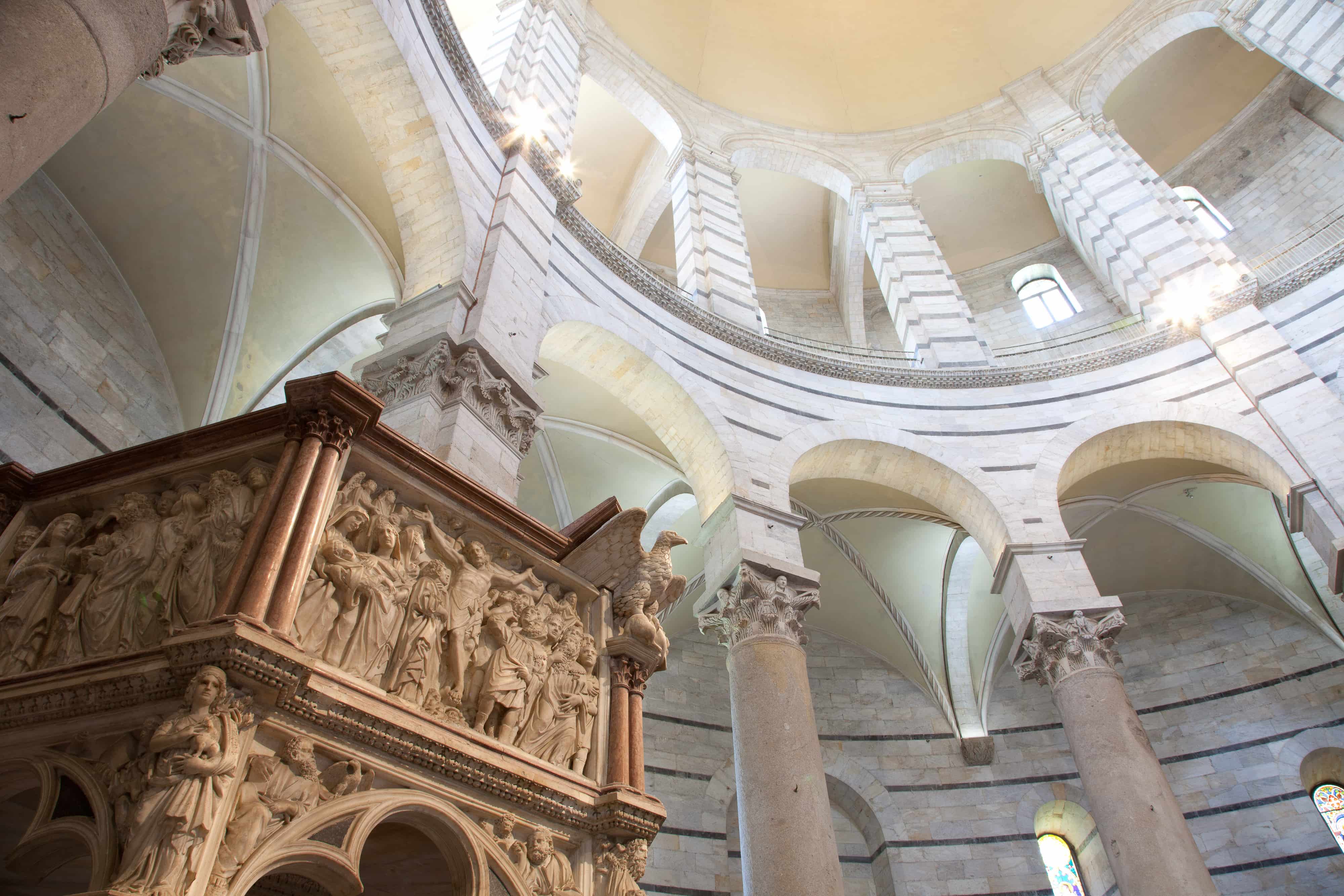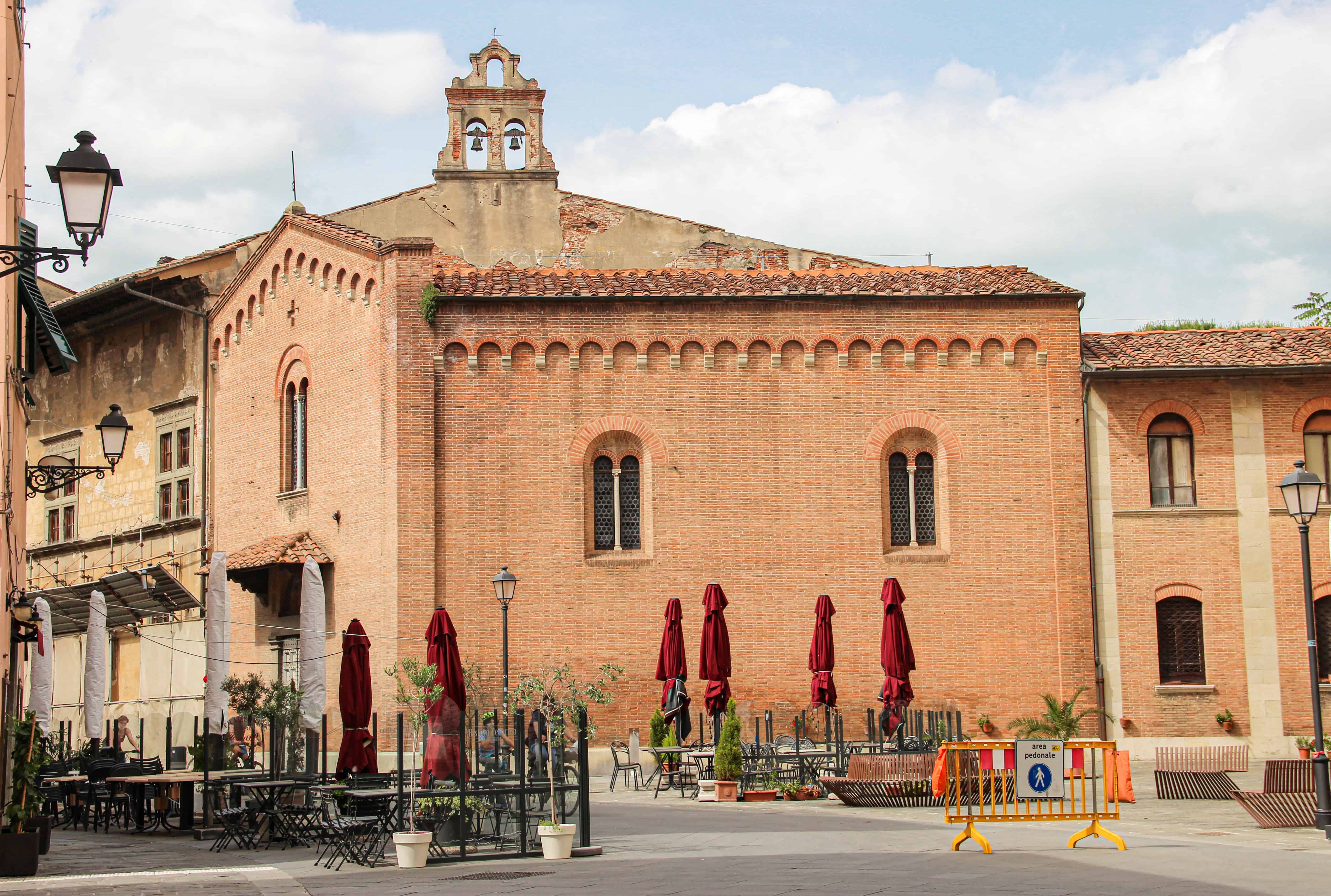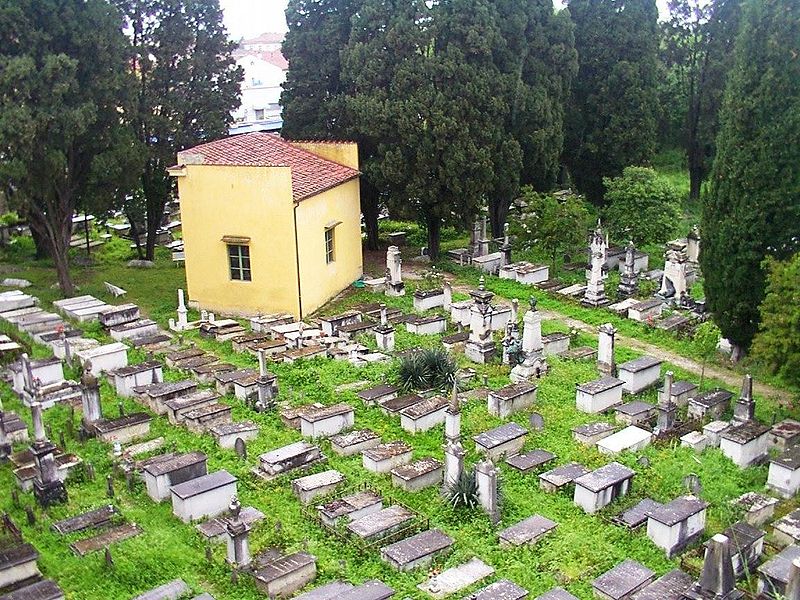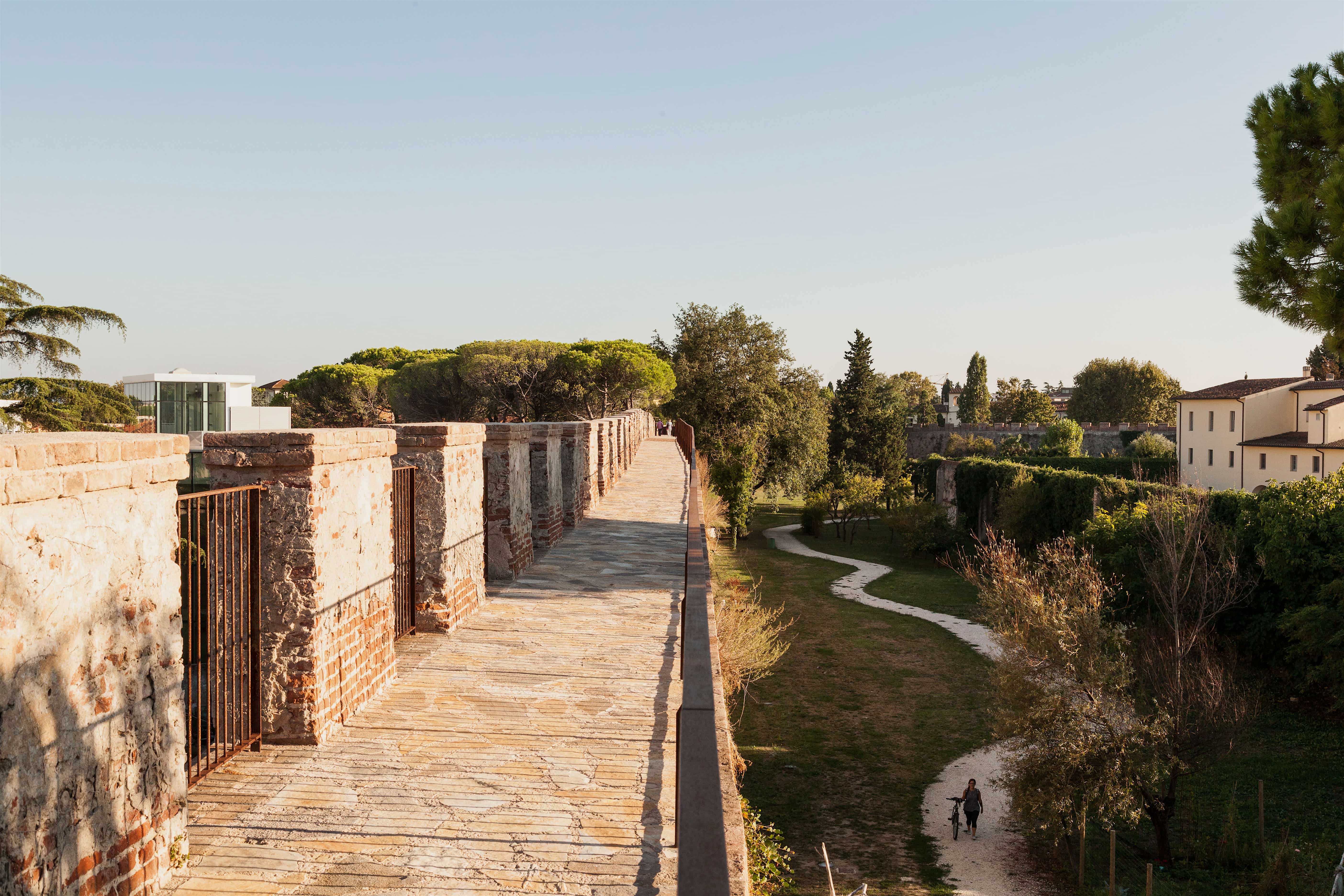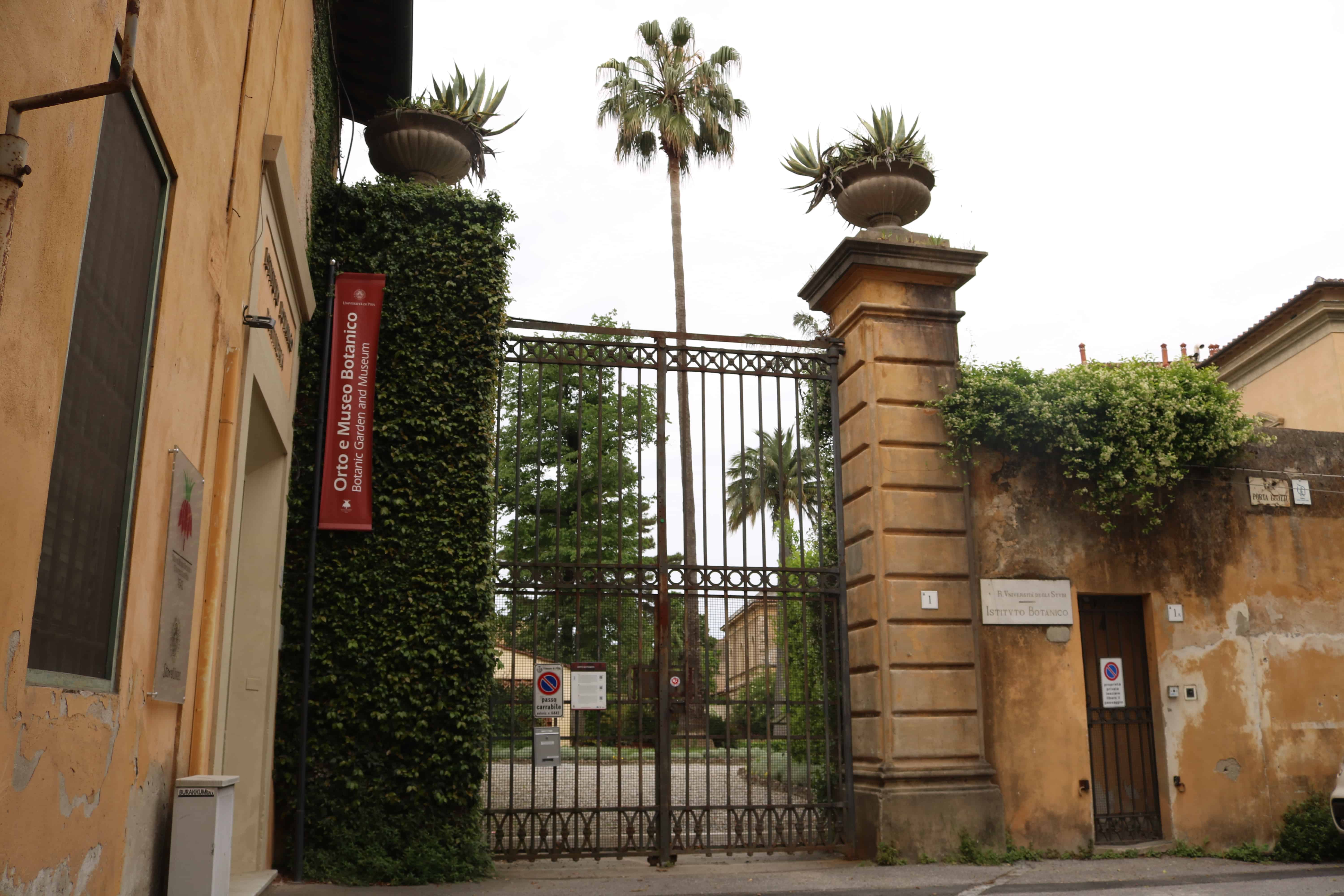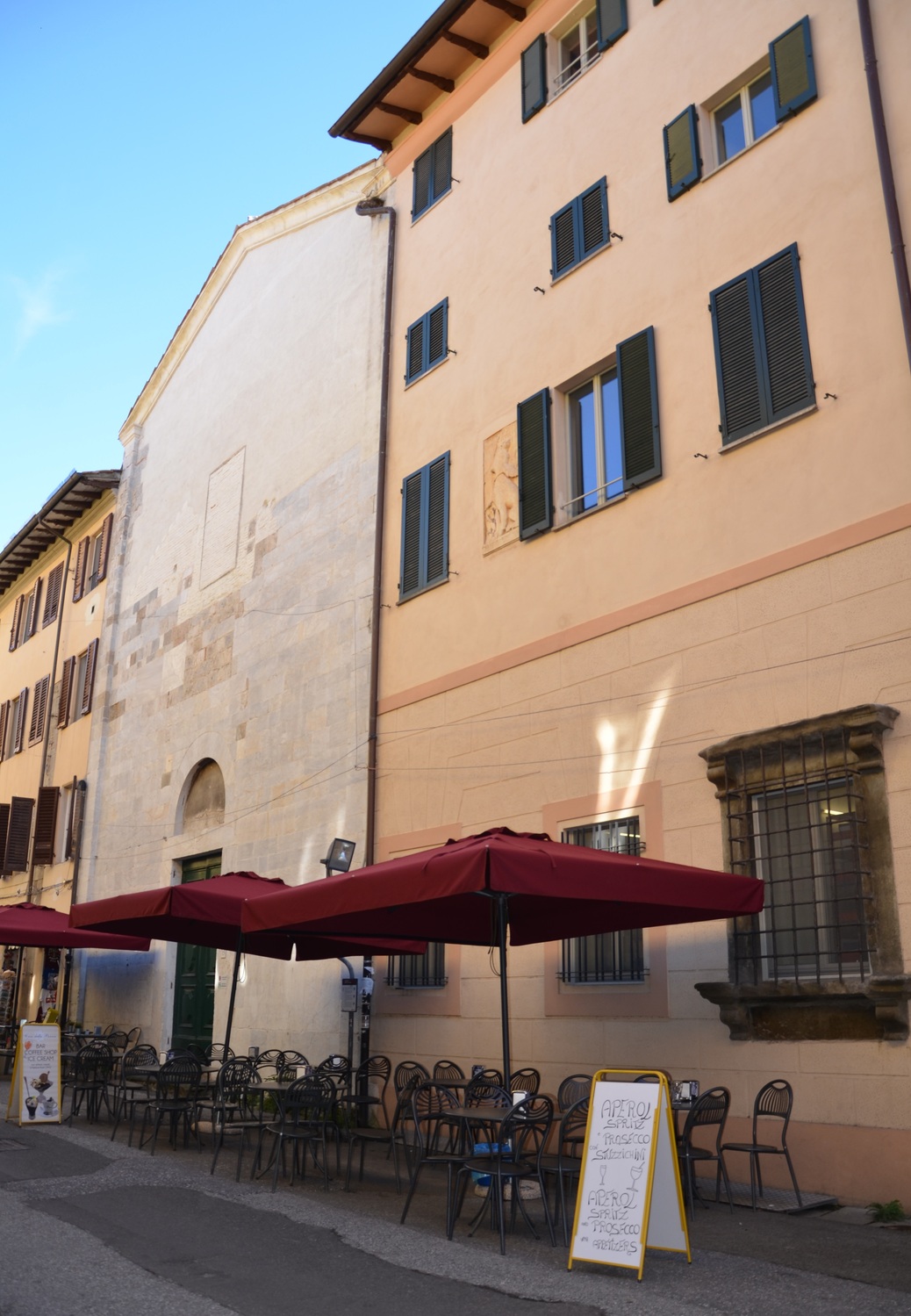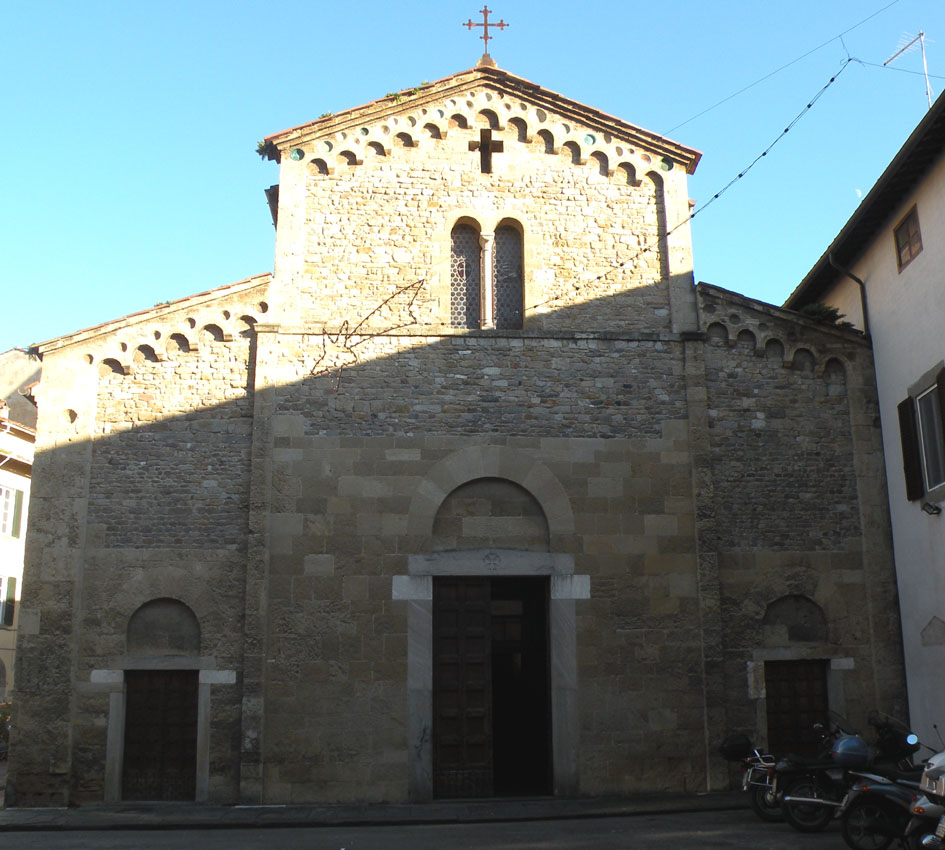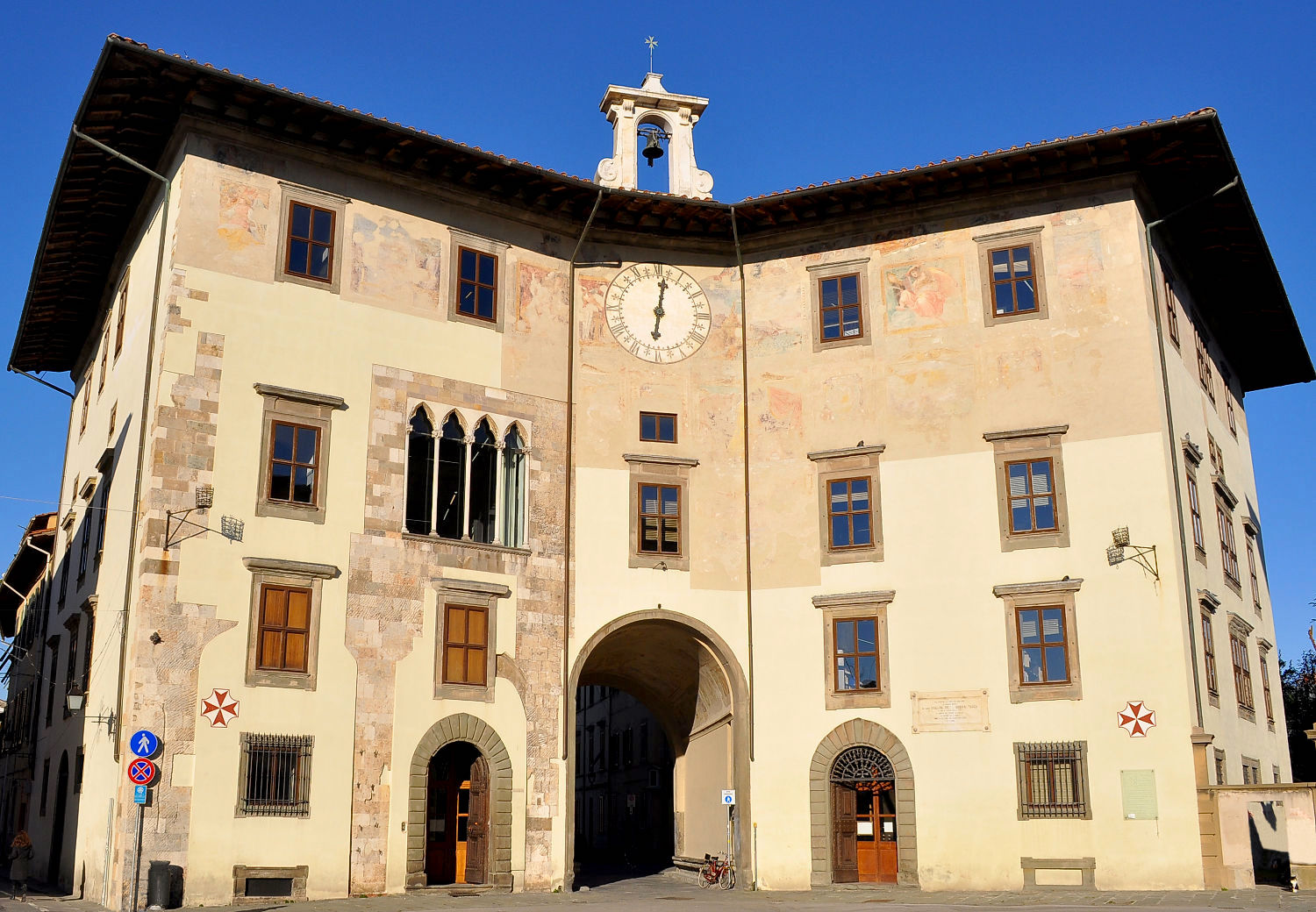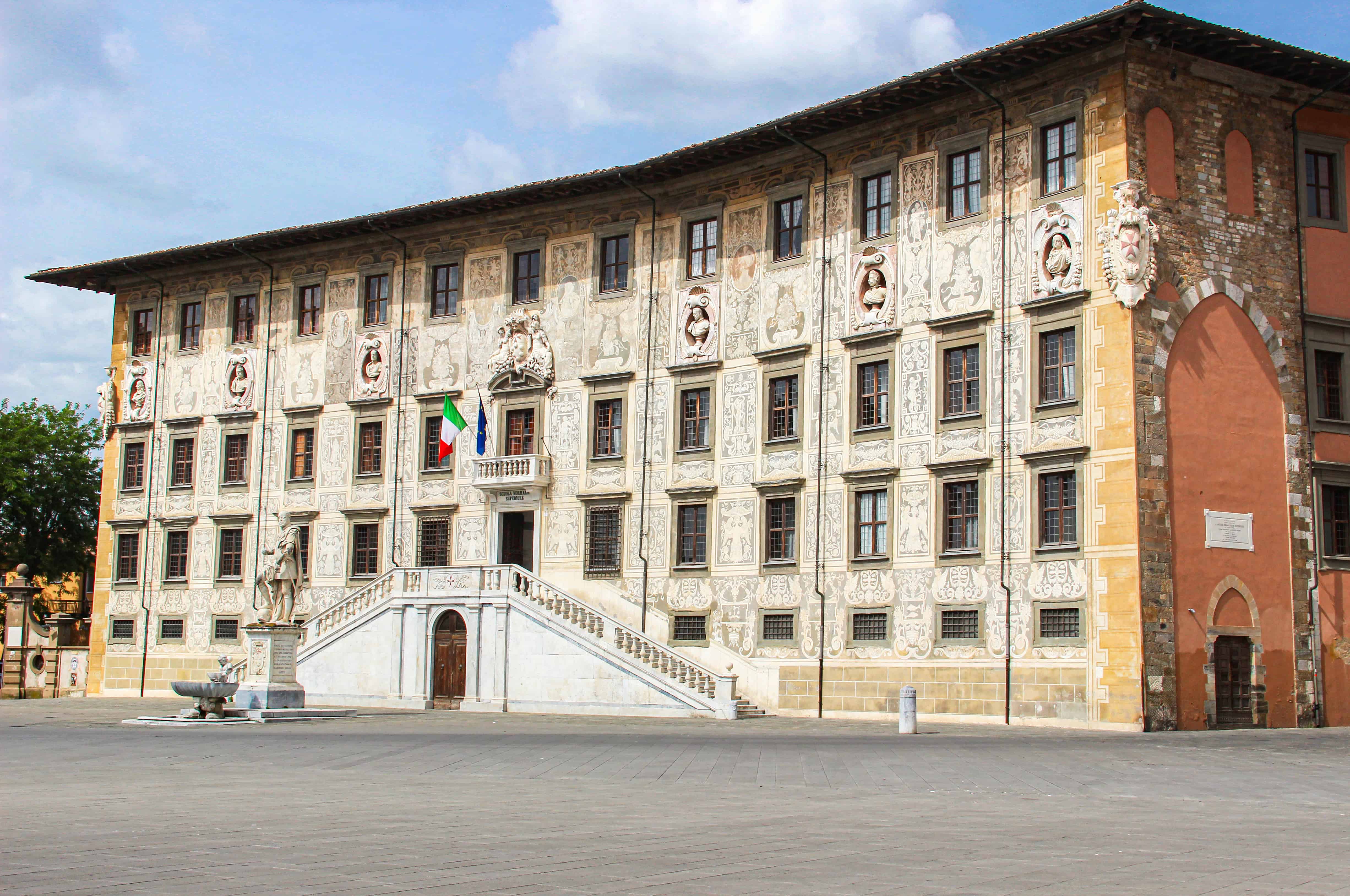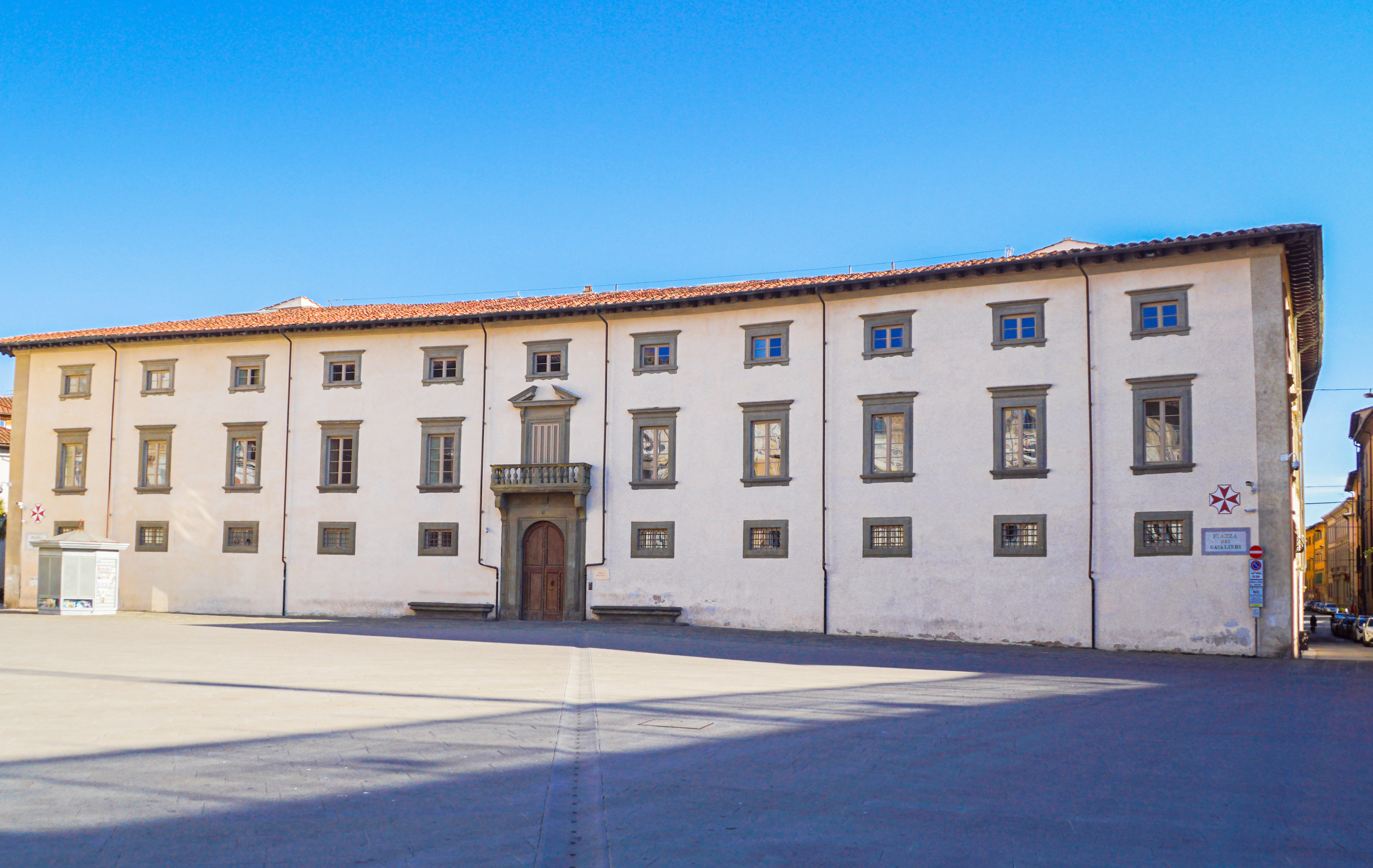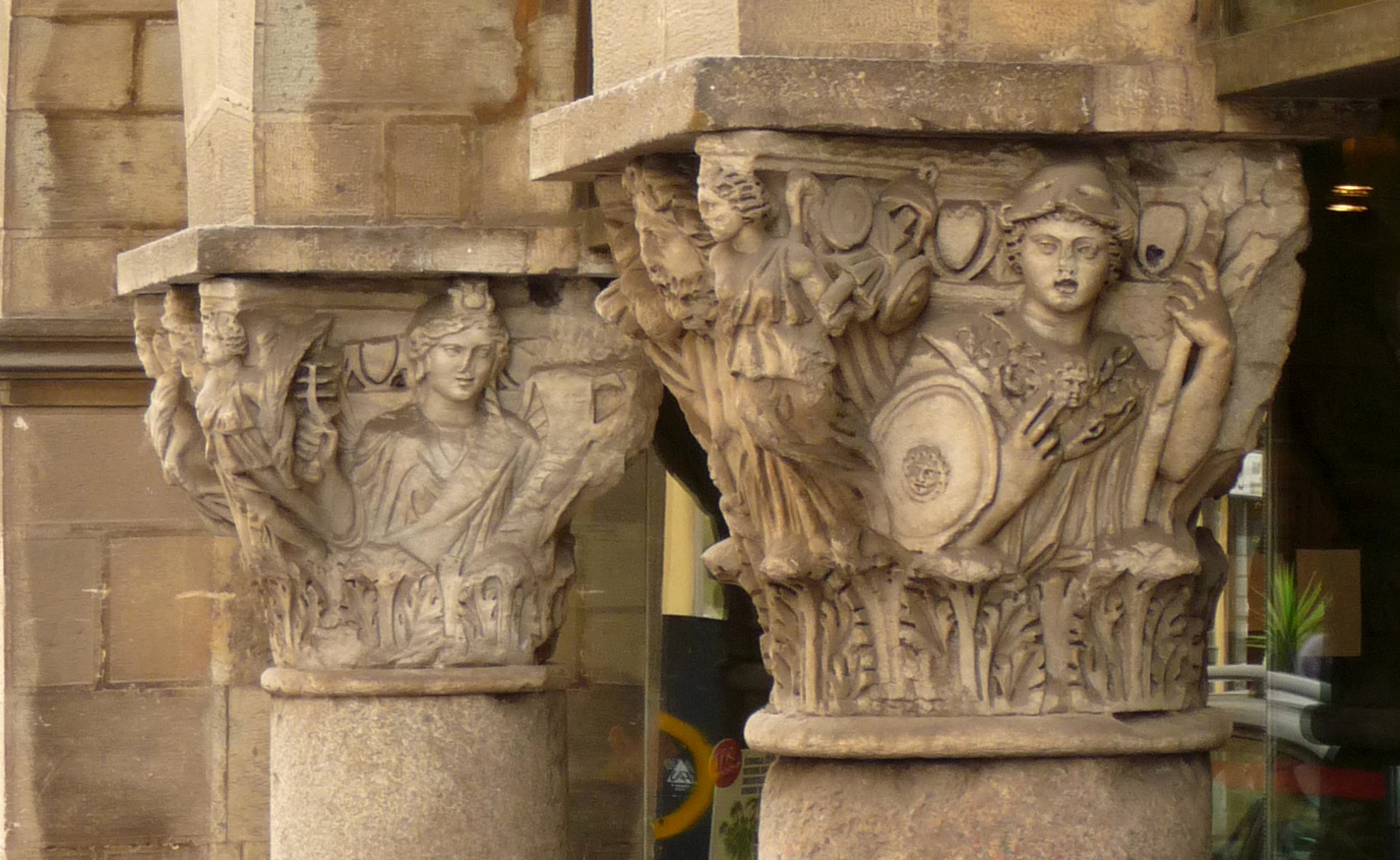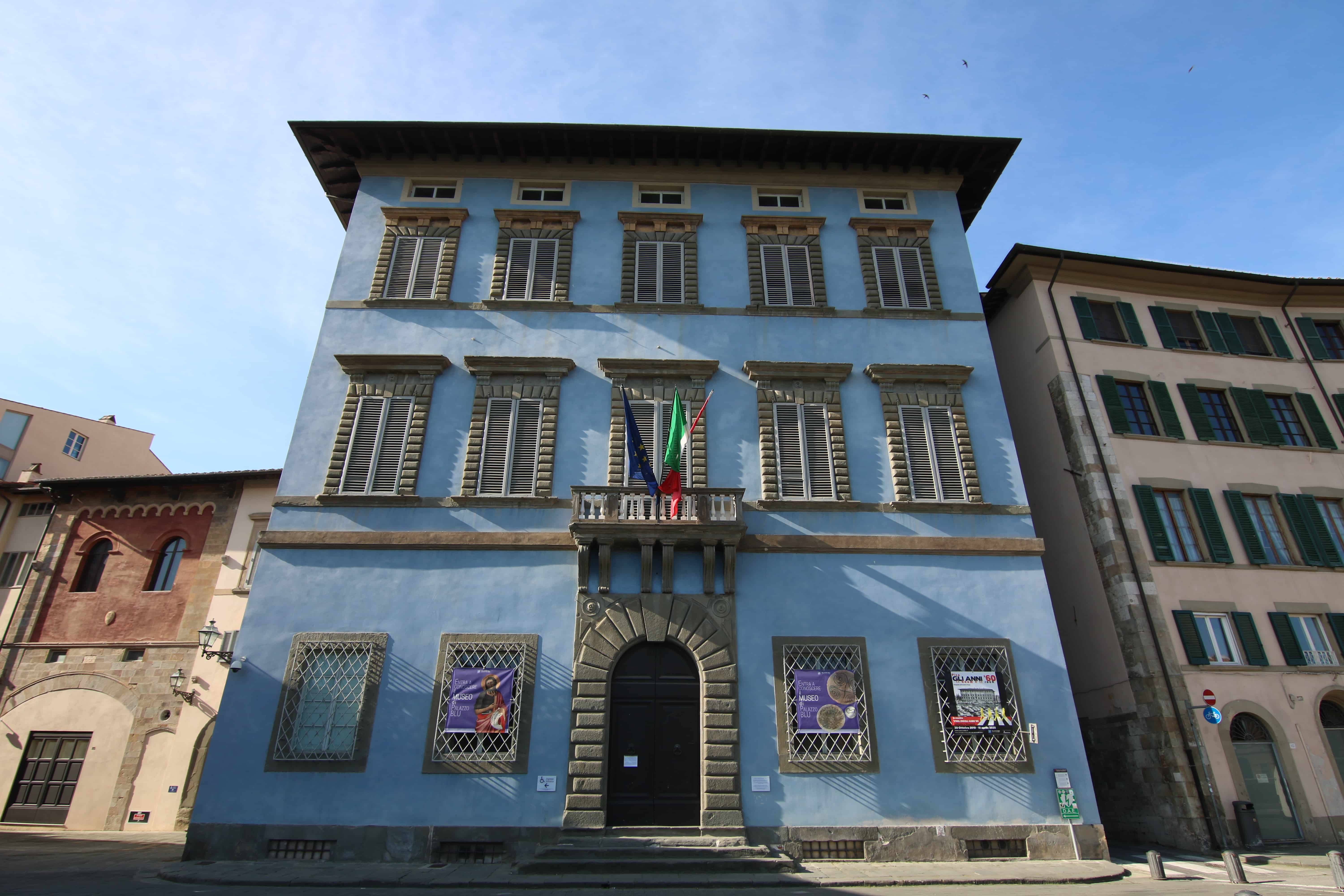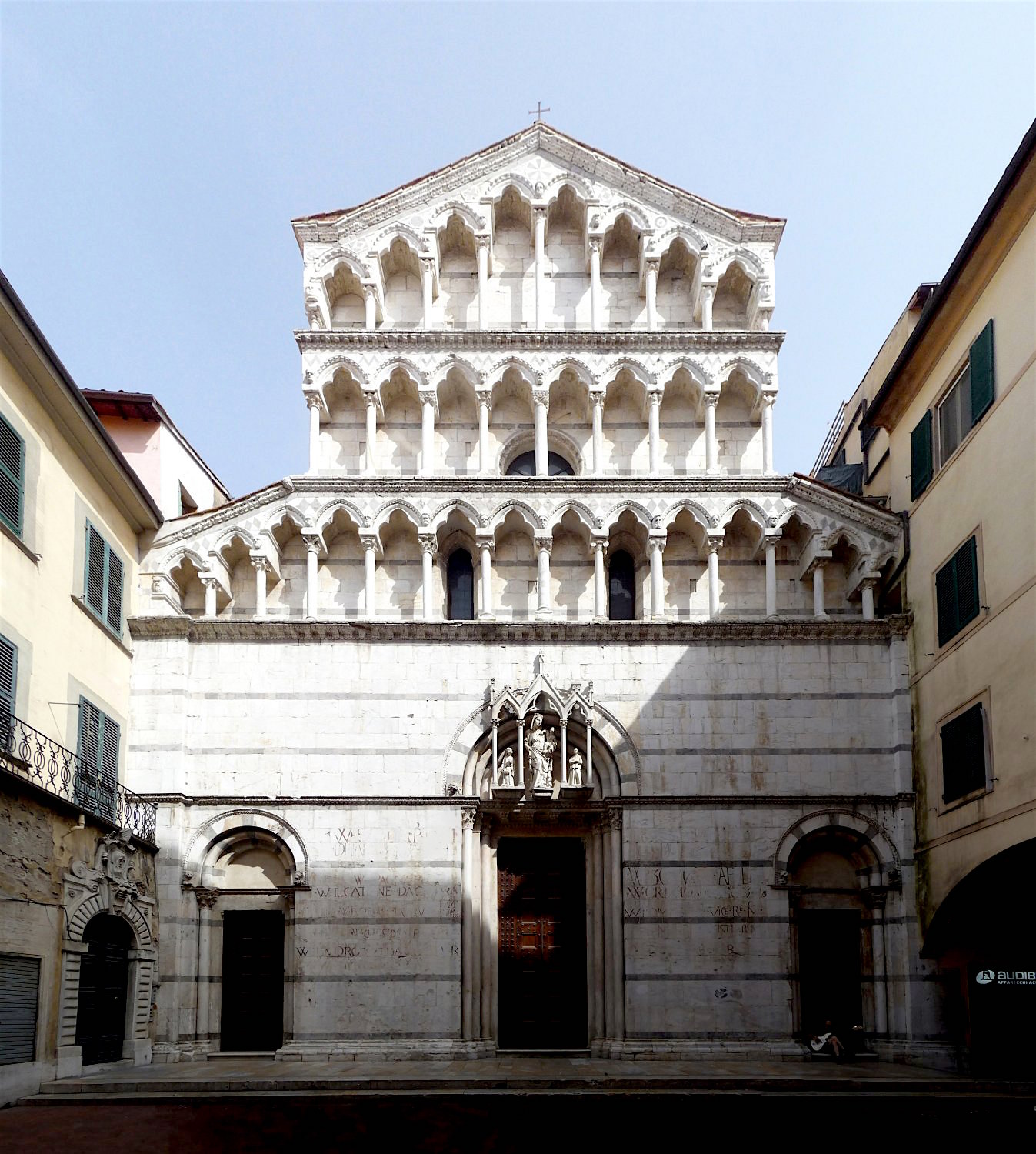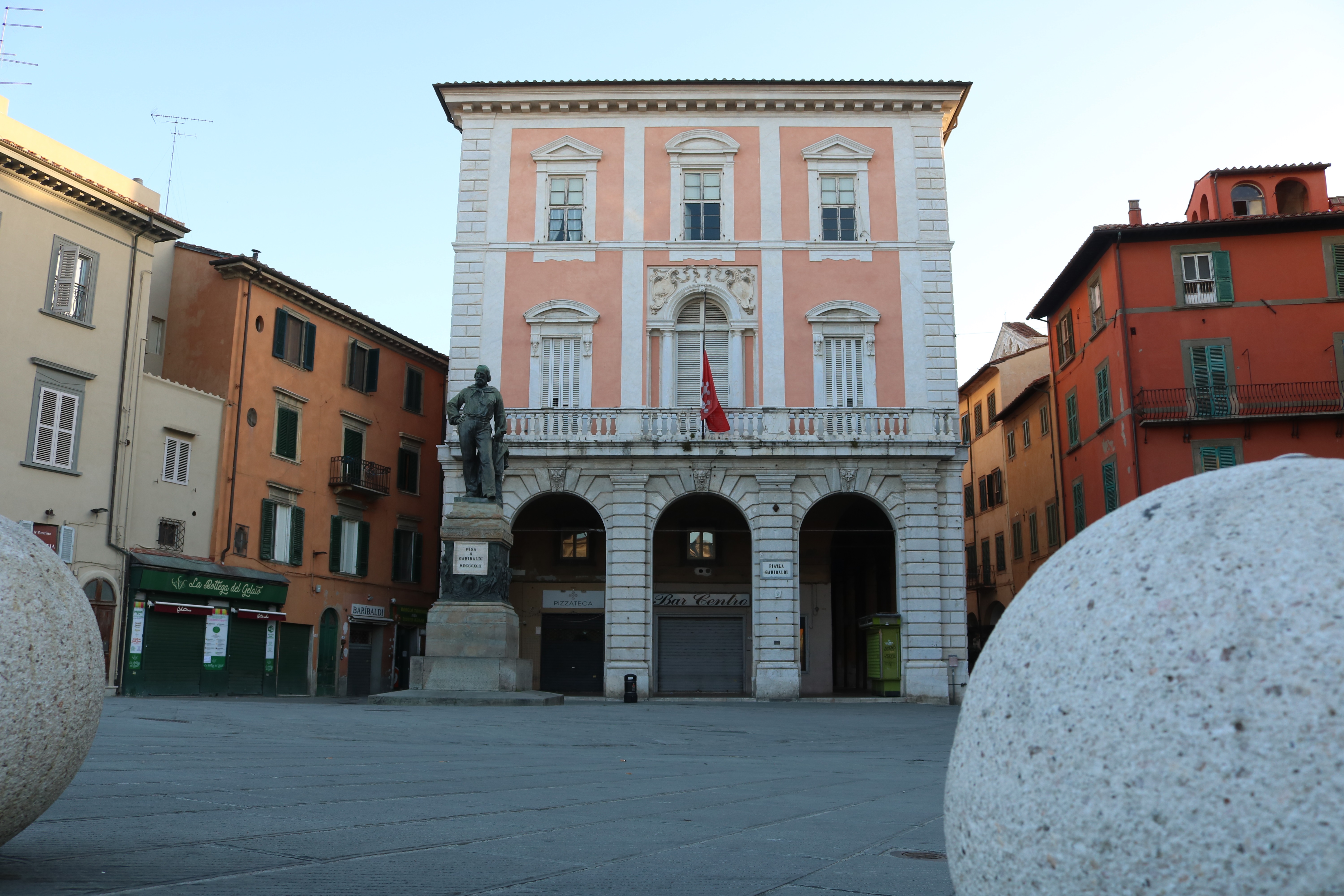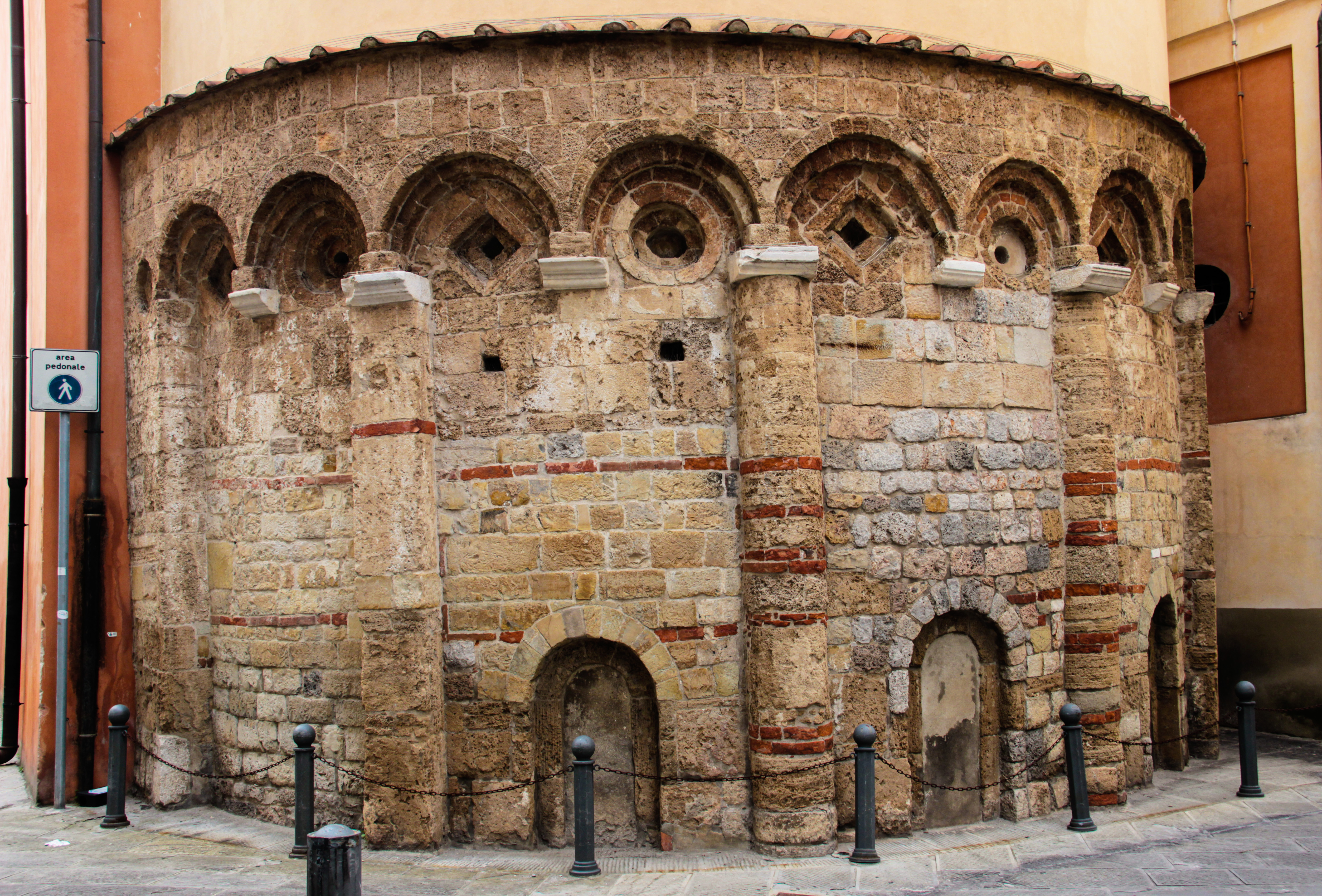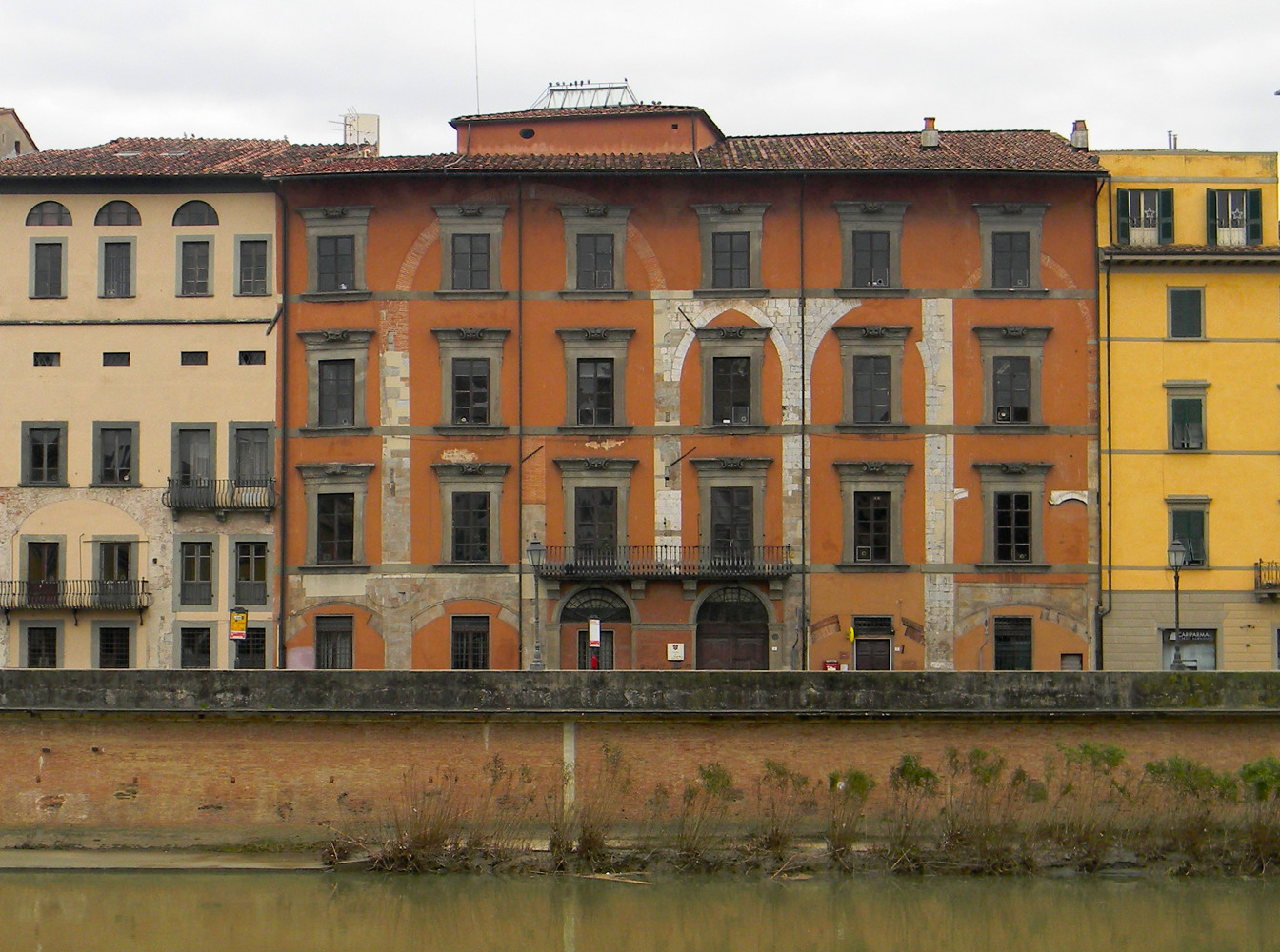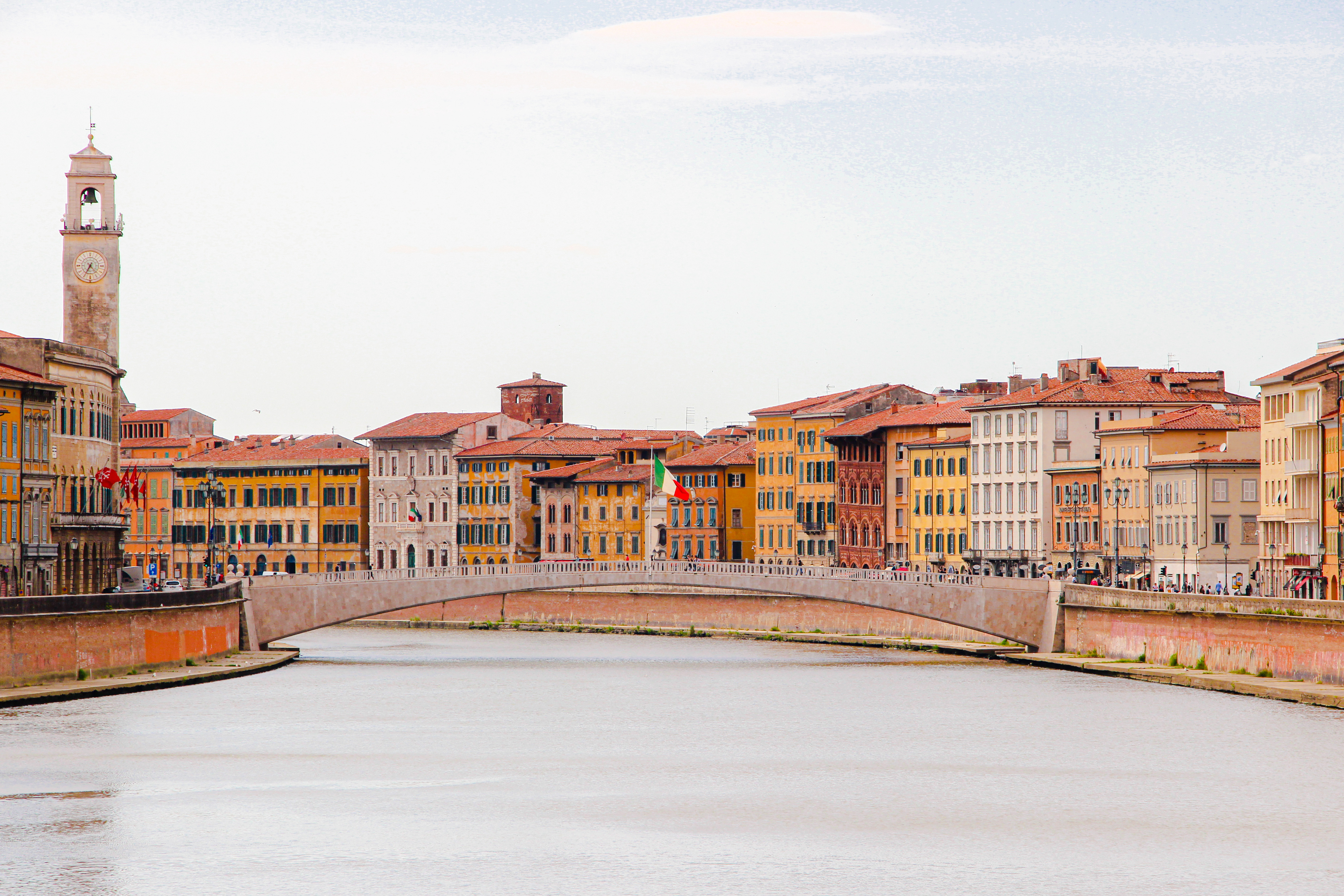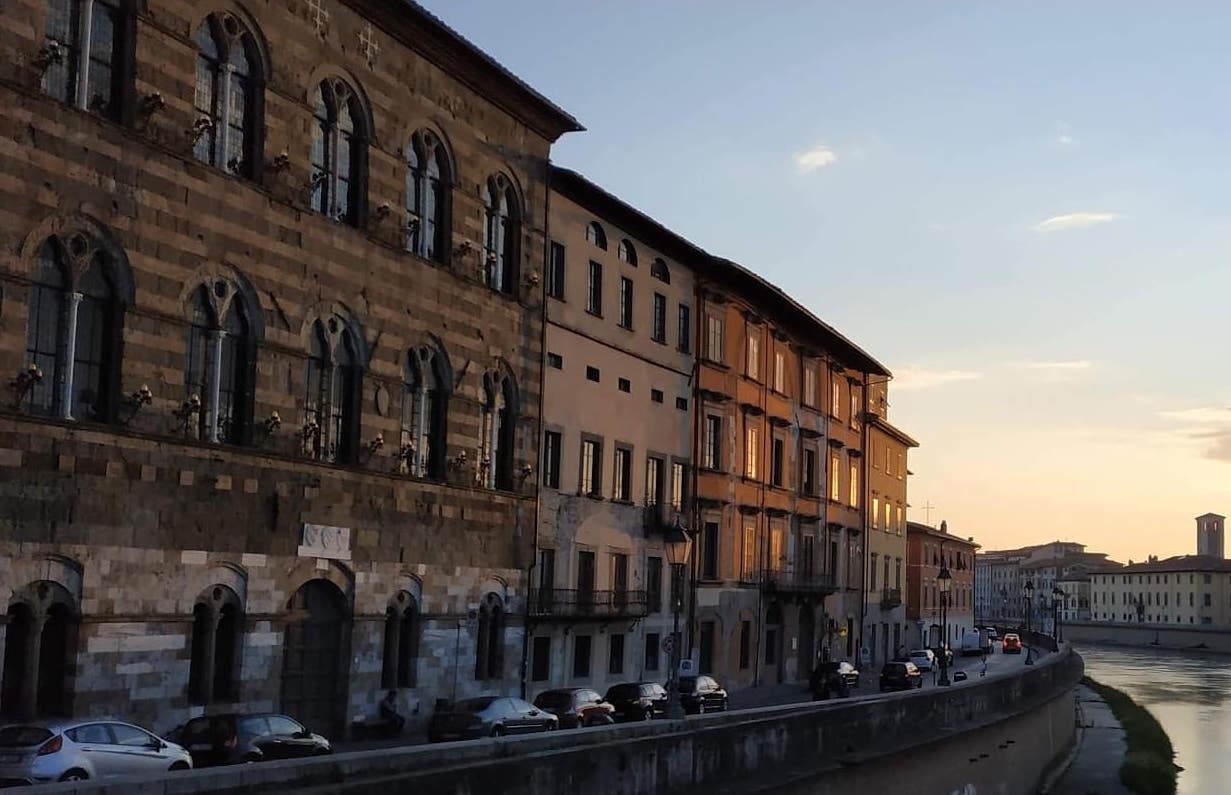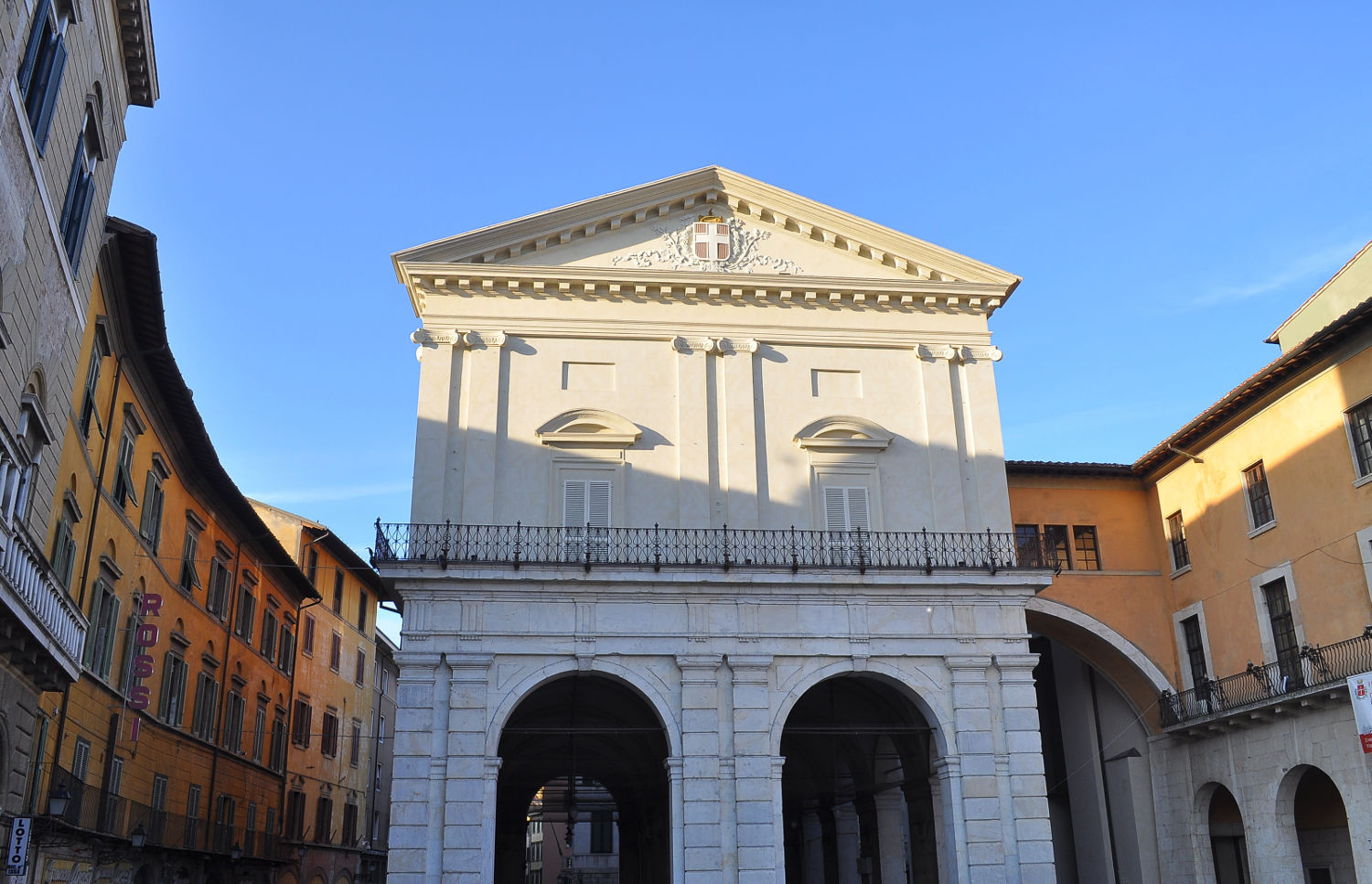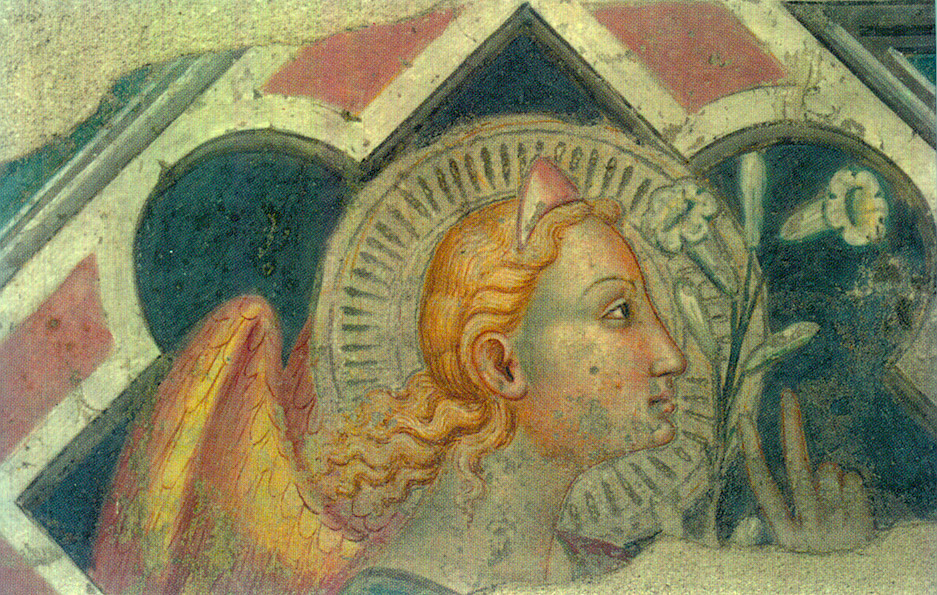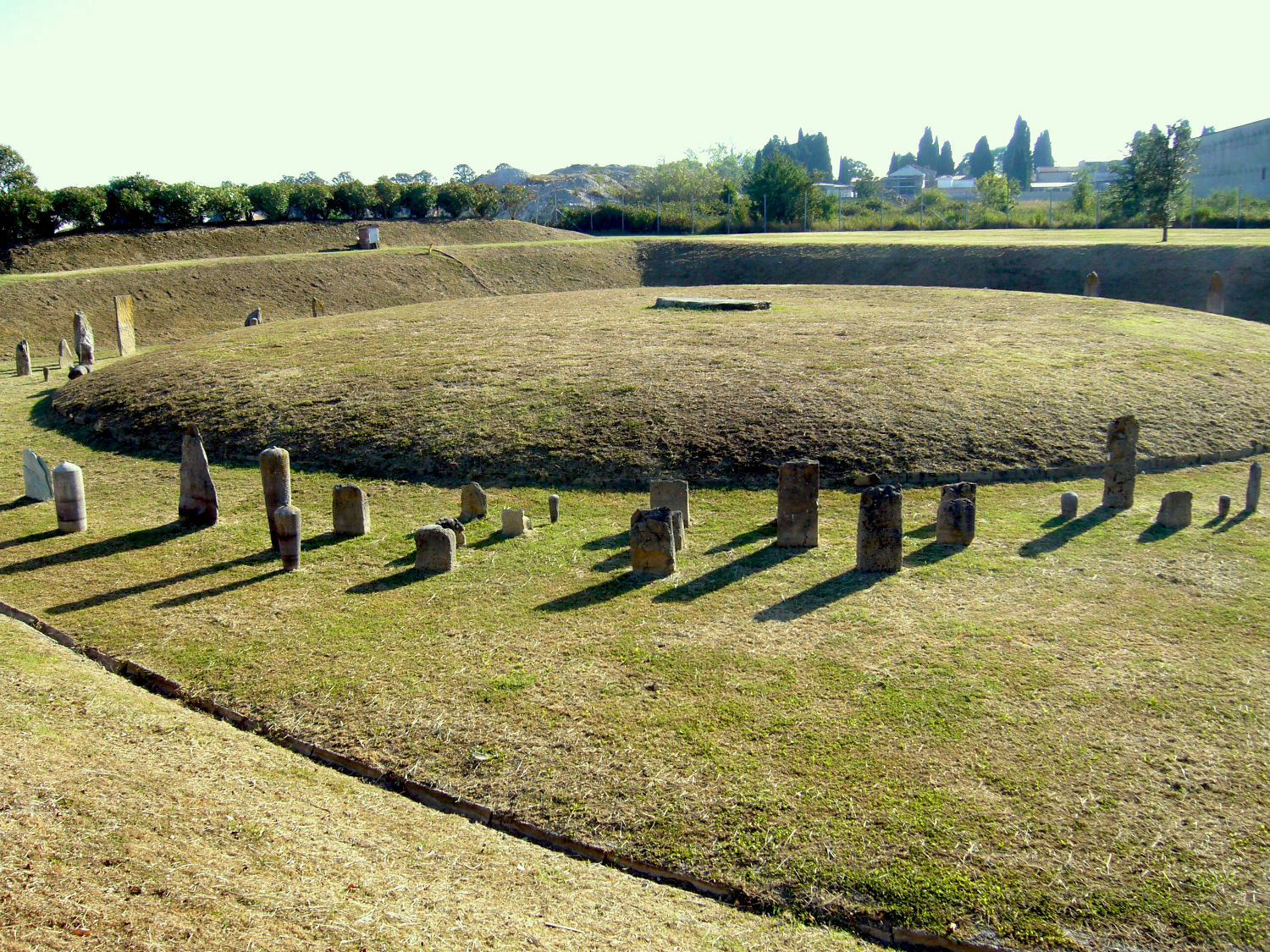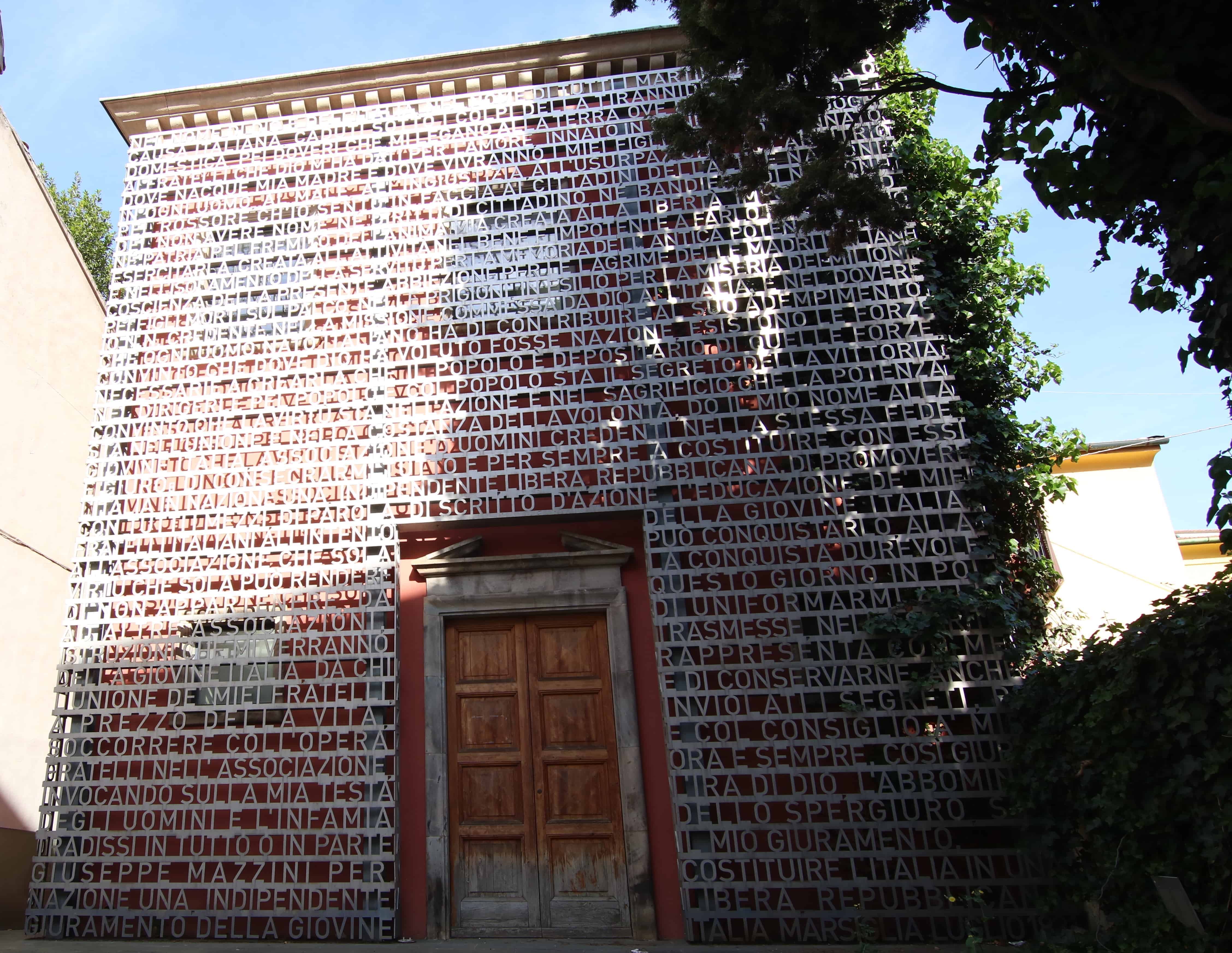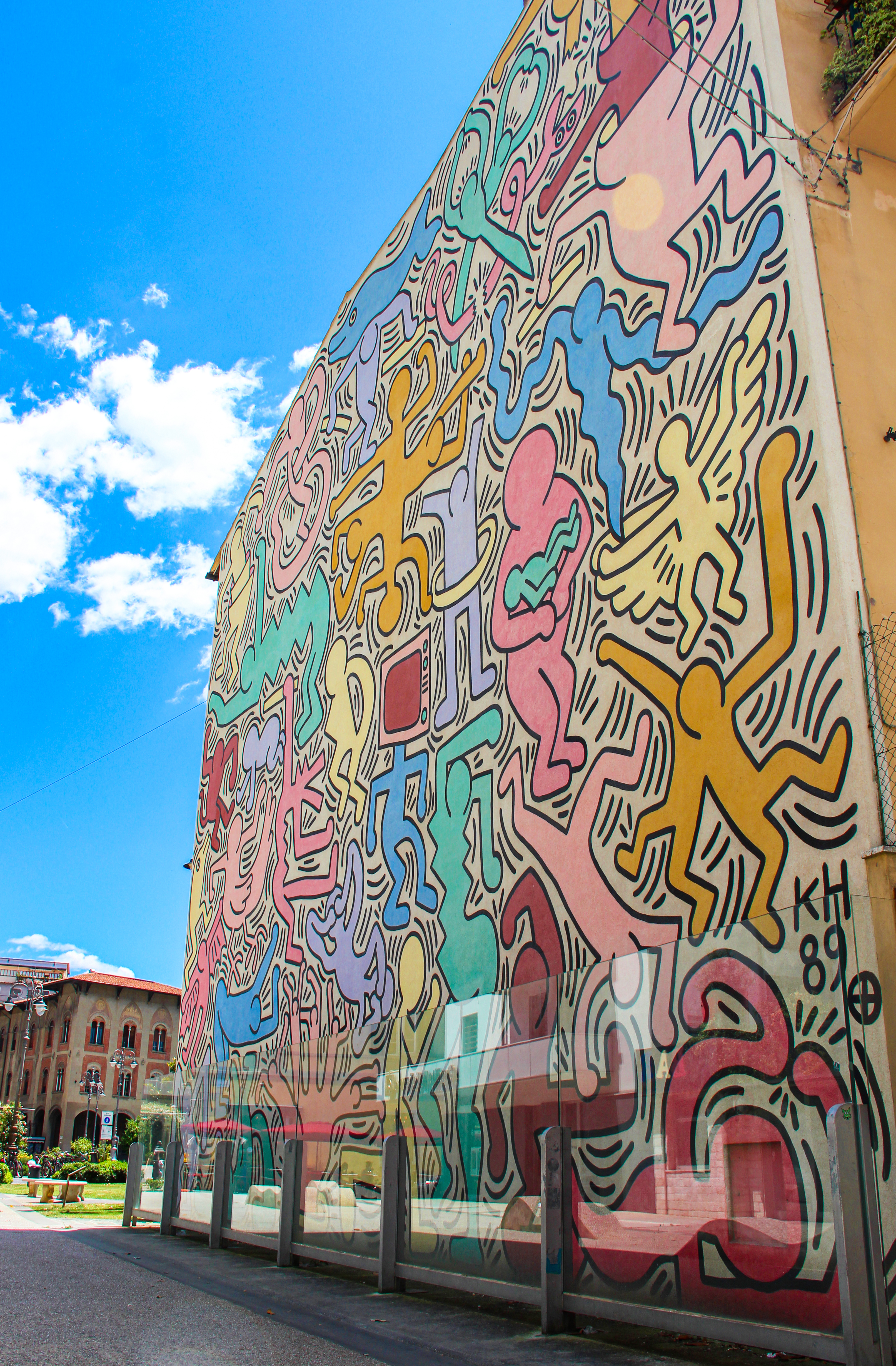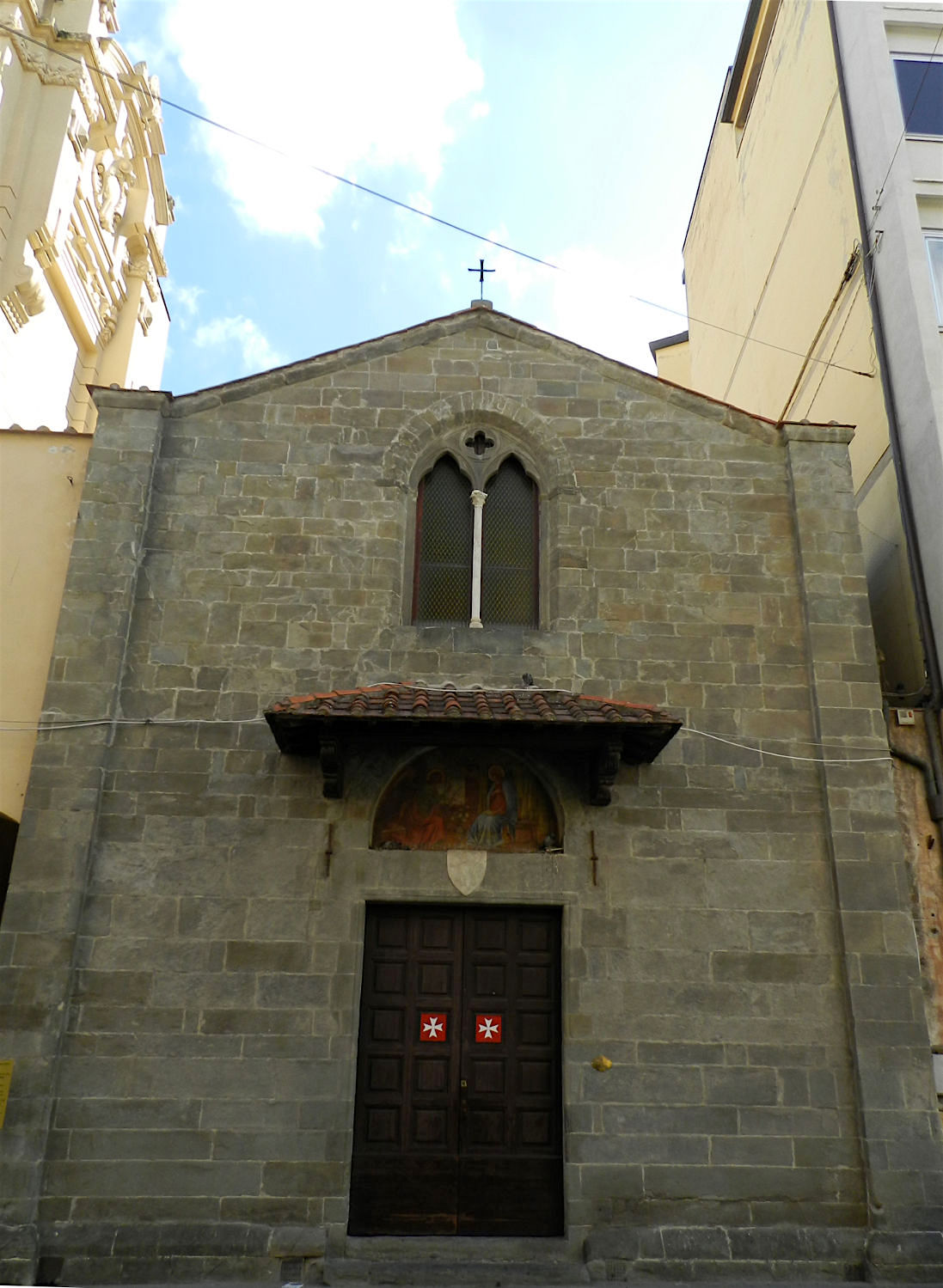Cathedral Place - Archaeological Excavations
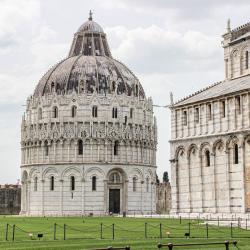
During the last seventy years numerous archaeological campaigns have been carried out in Piazza del Duomo. The enormous quantity of data gathered on these occasions has enabled a voluminous chronology of frequentations of the area to be built up, going from Etruscan times to the construction of the Miracoli Pisani (Pisan miracles) between the 12th and 14thcenturies.
In Etruscan times, the area was principally devoted to worship; it was occupied by buildings for sacred ceremonies as demonstrates material from a small votive hoard and the remains of the bed of a large temple, both found near the Leaning Tower.
In Roman times, it became a residential area, with the construction of some large domus built previous to the I century BC. These buildings had mosaic floors, sometimes polychrome, and walls finished in painted plaster. The buildings ranged along a street that ran from the north east of the city (where there were public buildings like baths and the amphitheatre) and crossed the Cathedral place to join the roads travelling along the coast. The domus were inhabited until the 5th century AD, when the whole area was devoted to worship once more, with a necropolis and the construction of a baptistery and cathedral.
The findings from burials are important, with Longobardfuneral equipment from the mid 7th century, at present among the rarest material tokens from this period to be found in Pisa. Recently, excavations have brought to light the remains of a construction built for religious purposes towards the end of the 10th century; this is the cathedral mentioned in written documents, built in the time between the 8th century one, but before the Romanesque one begun in 1064 and still standing. All the archaeological discoveries weredocumented and re-buried, under the lawn.

